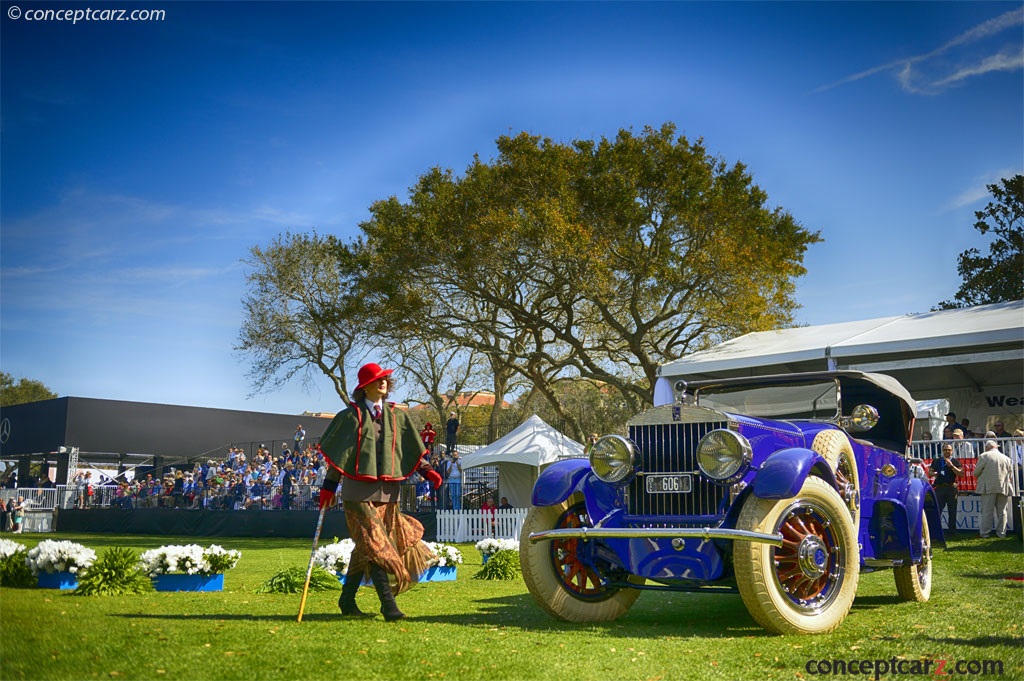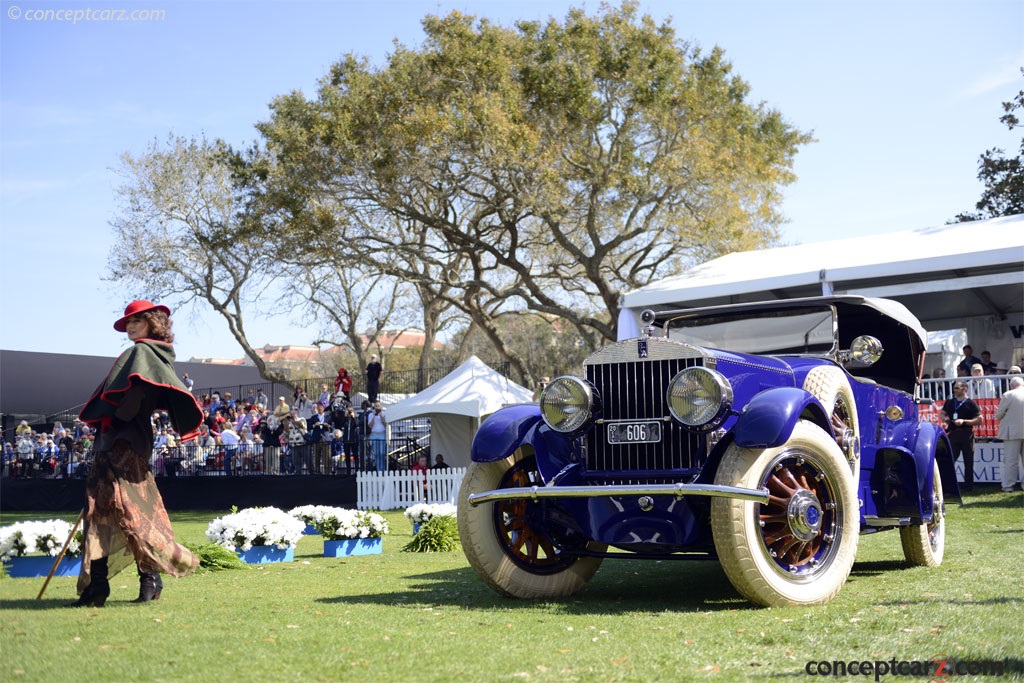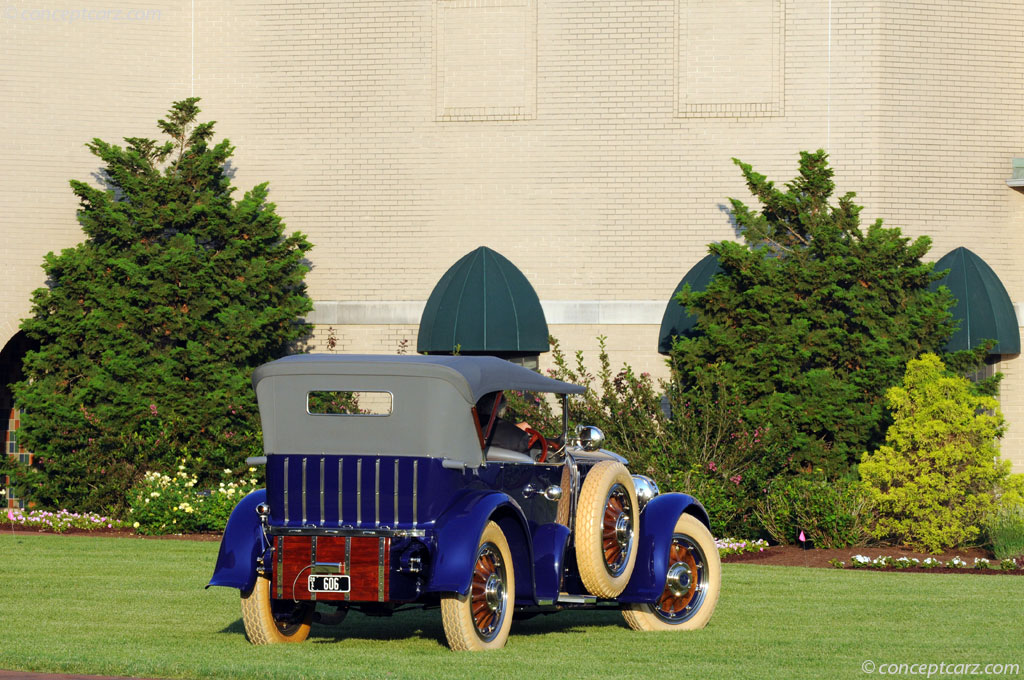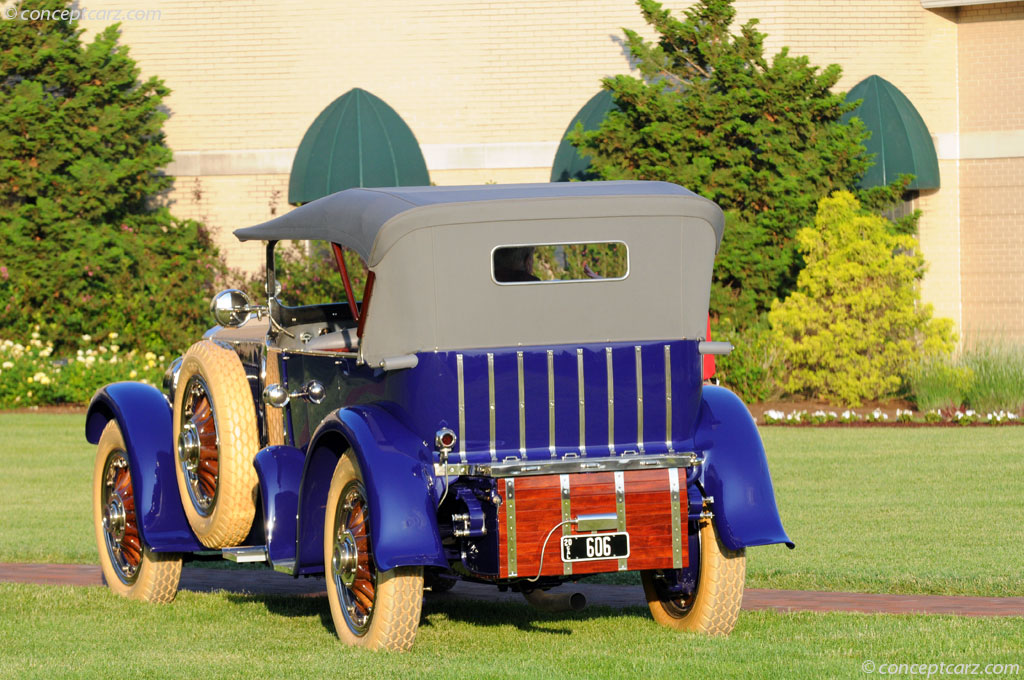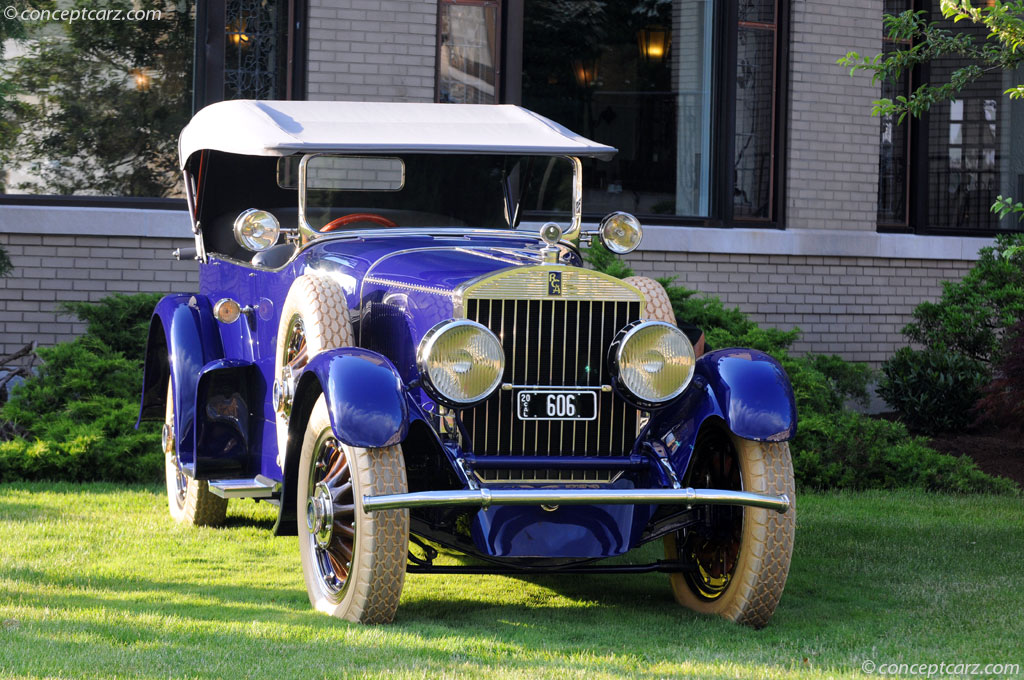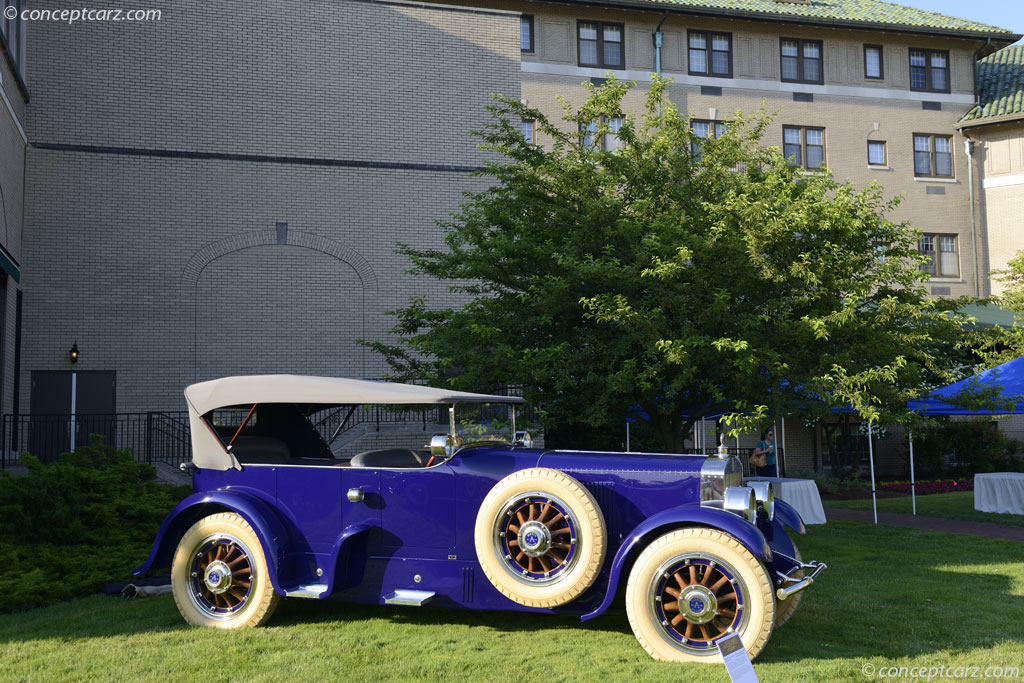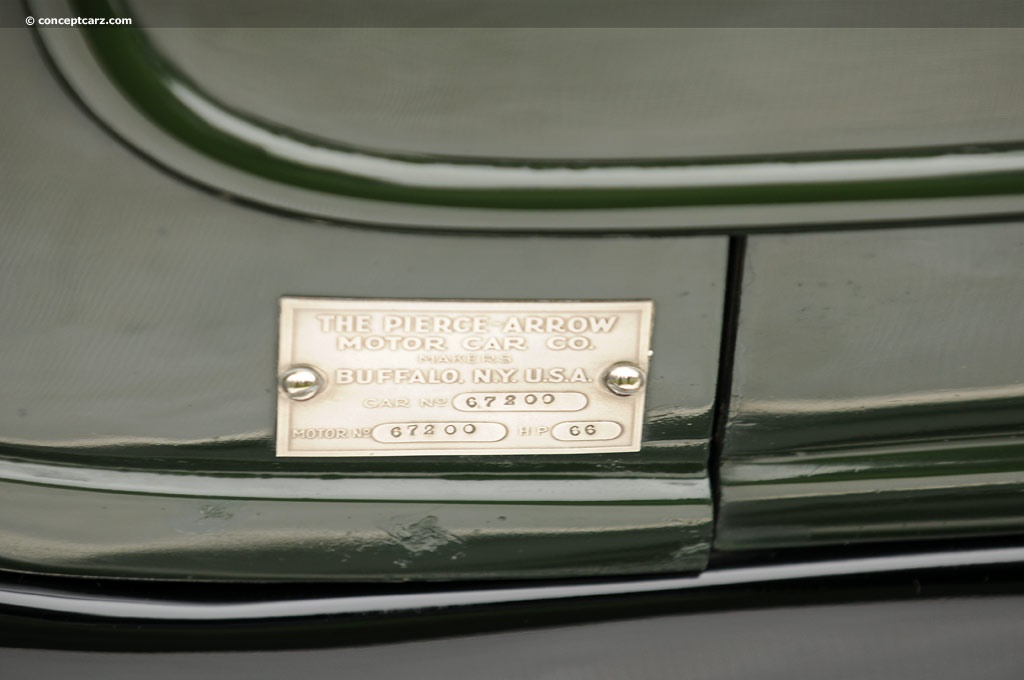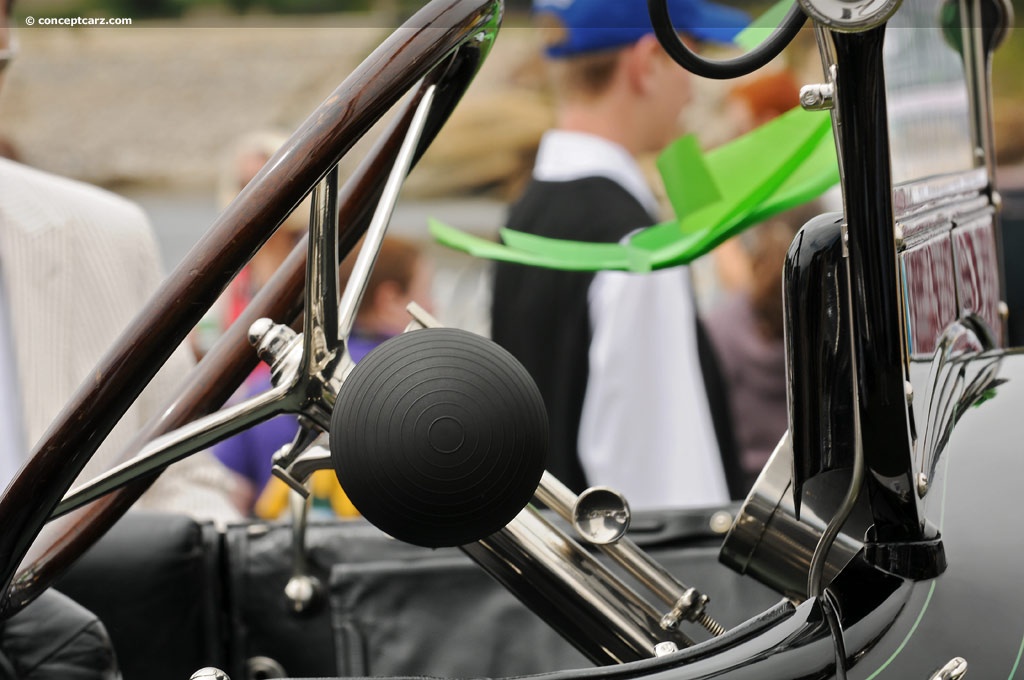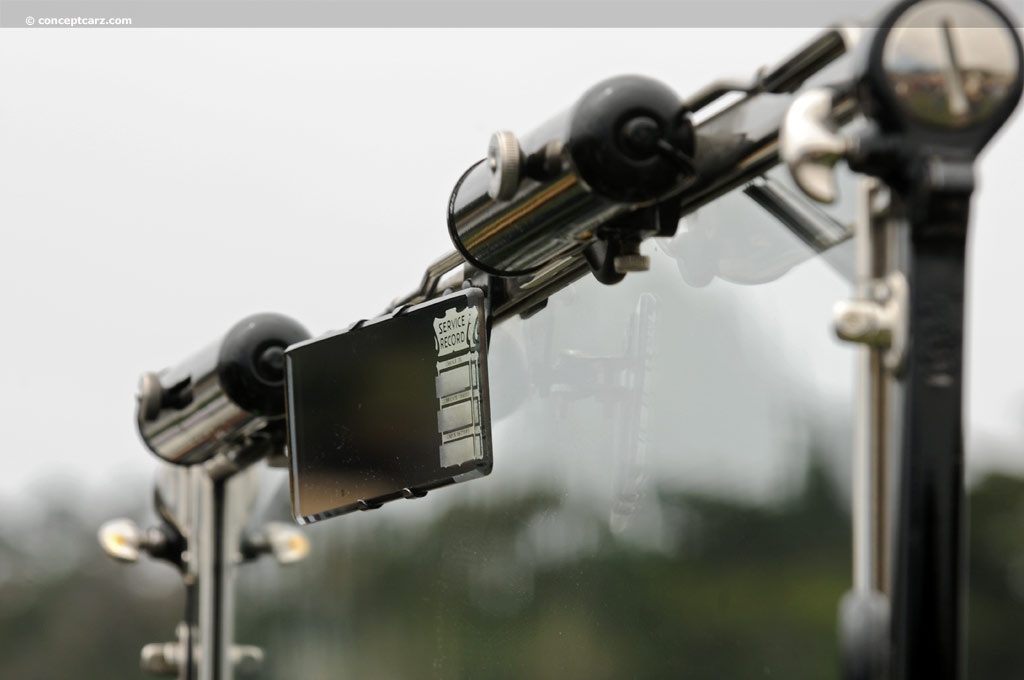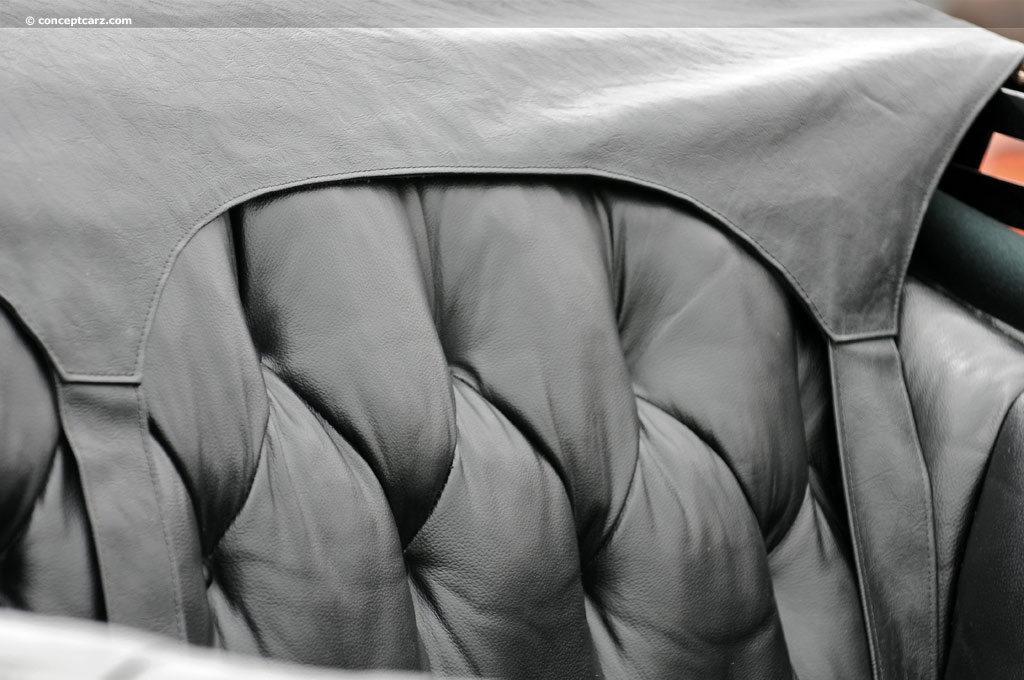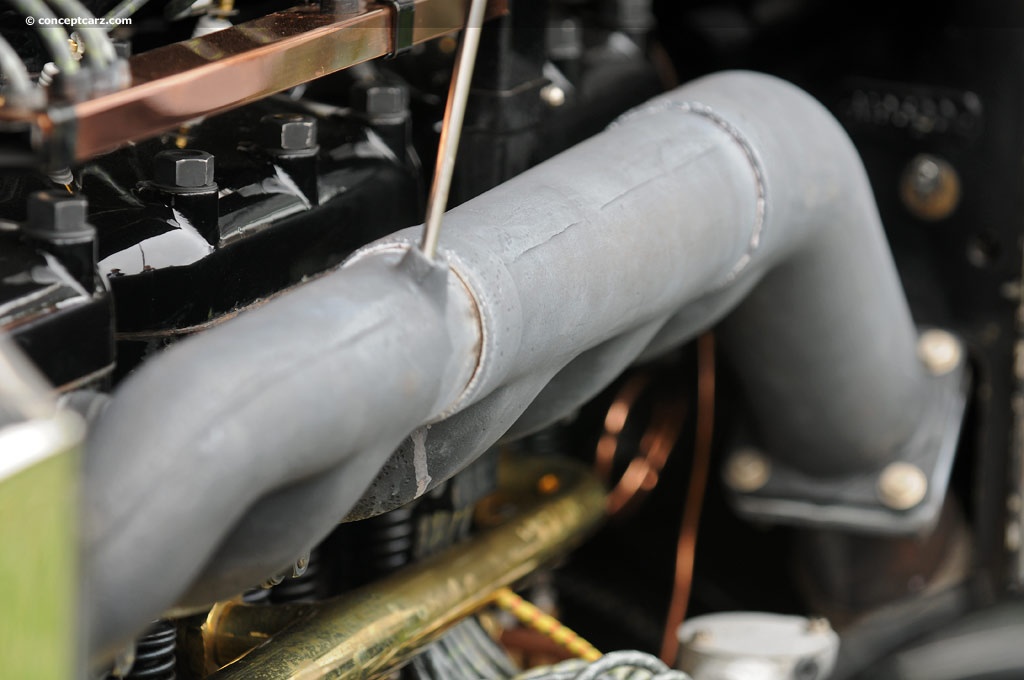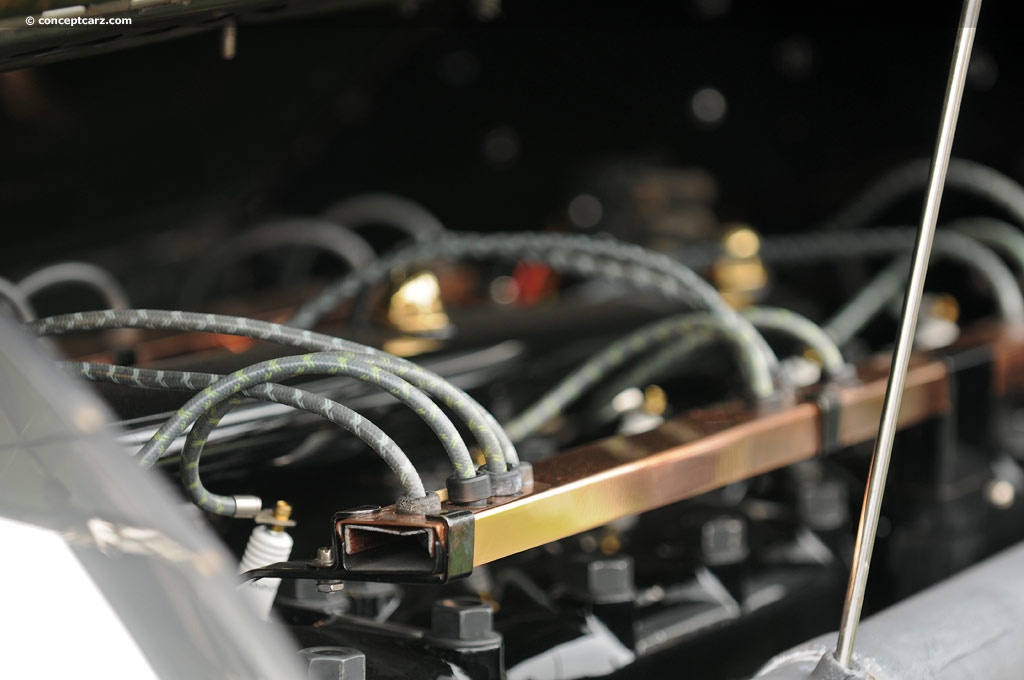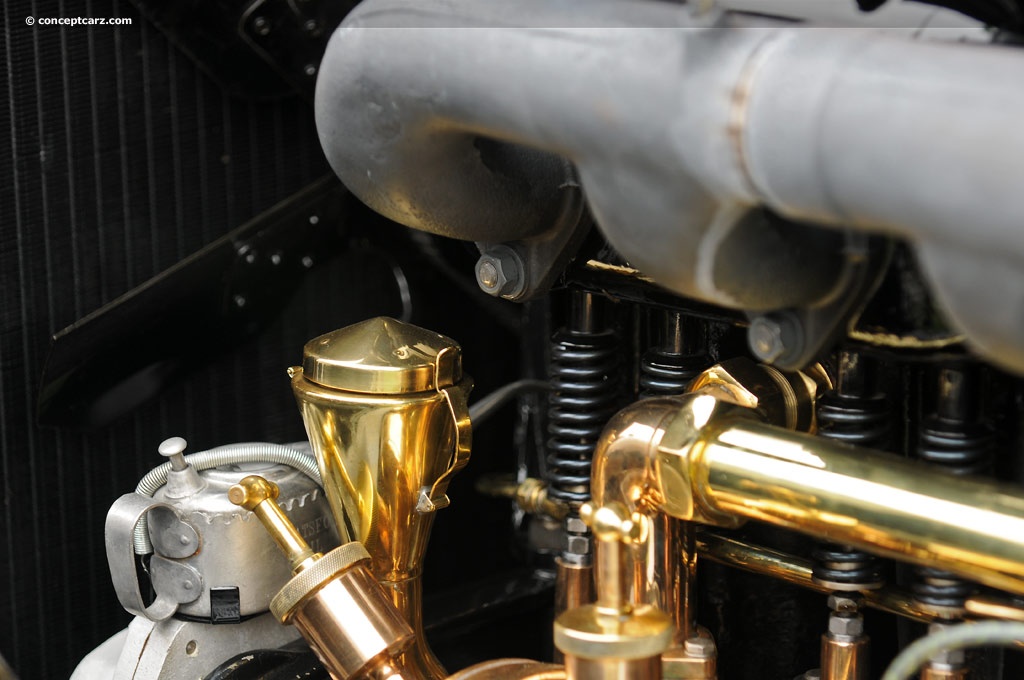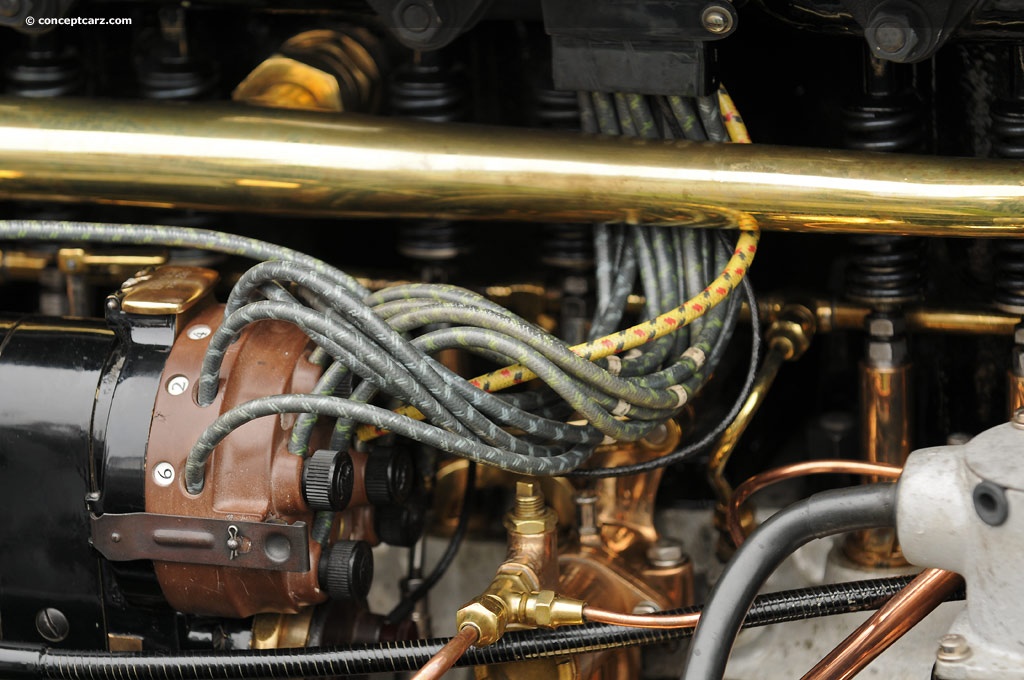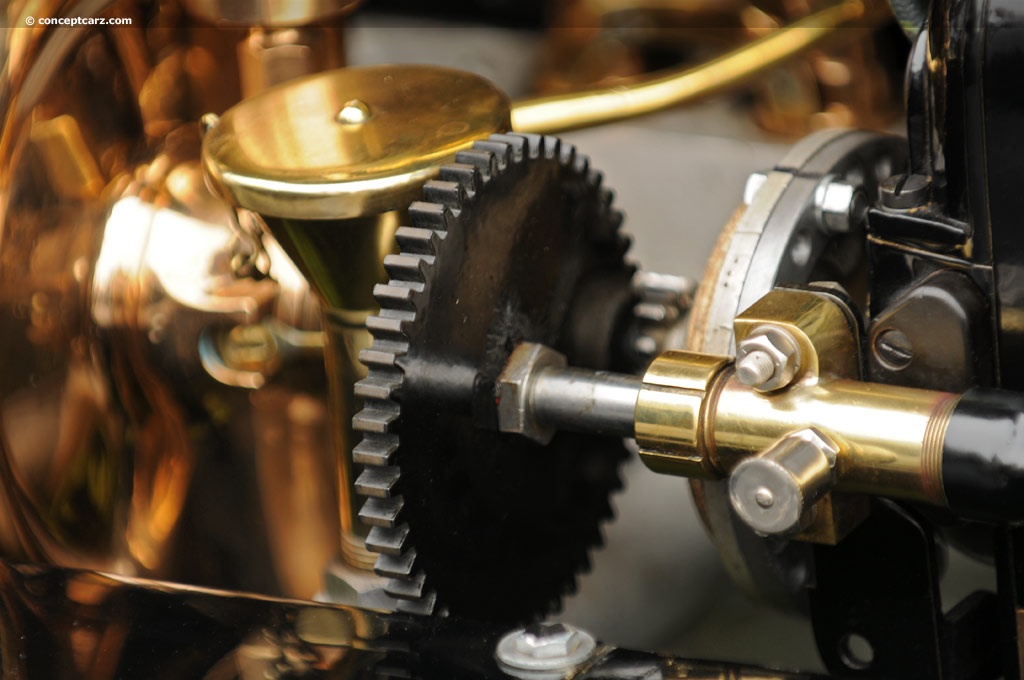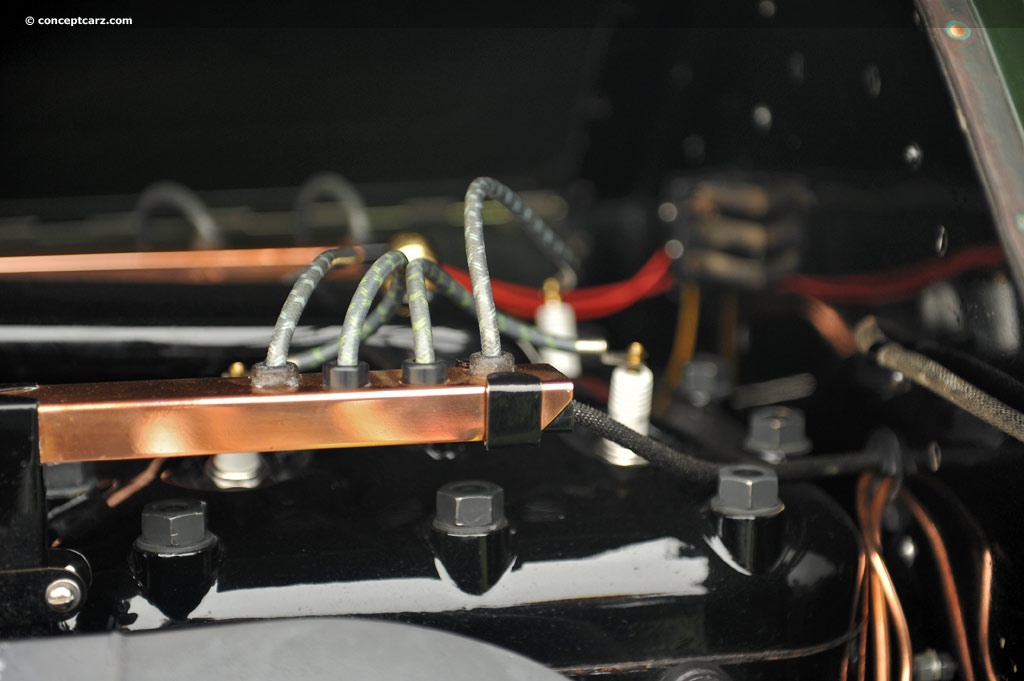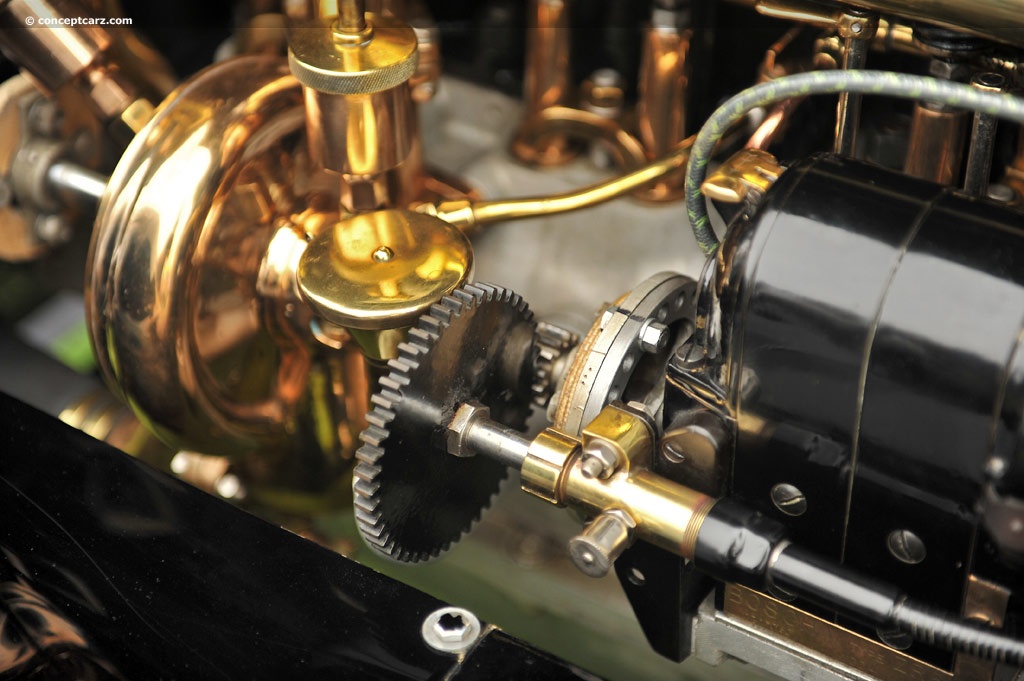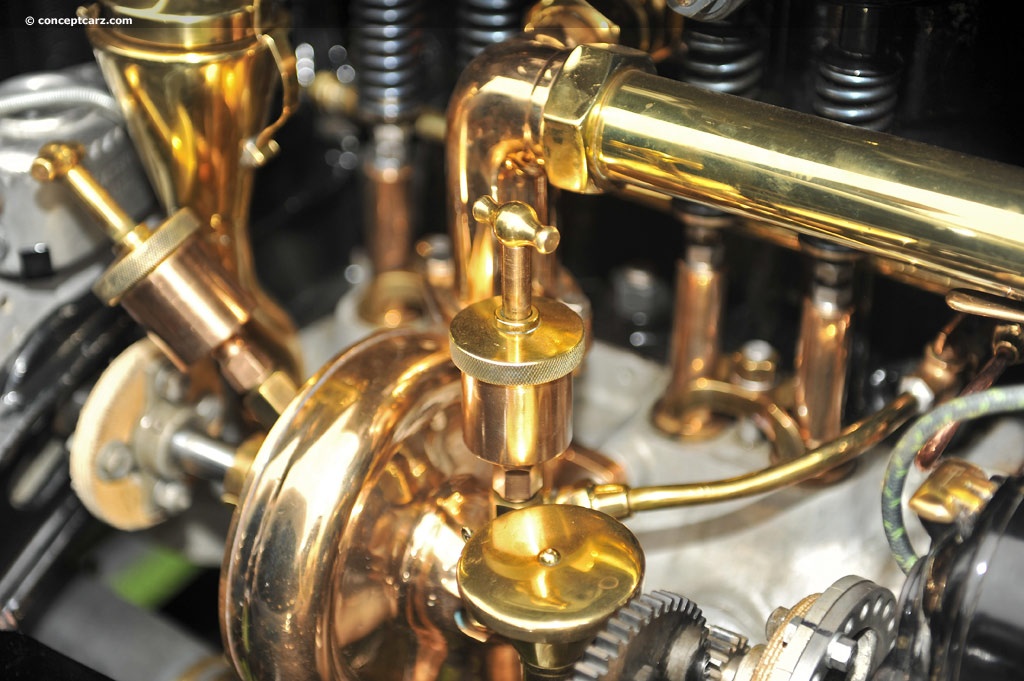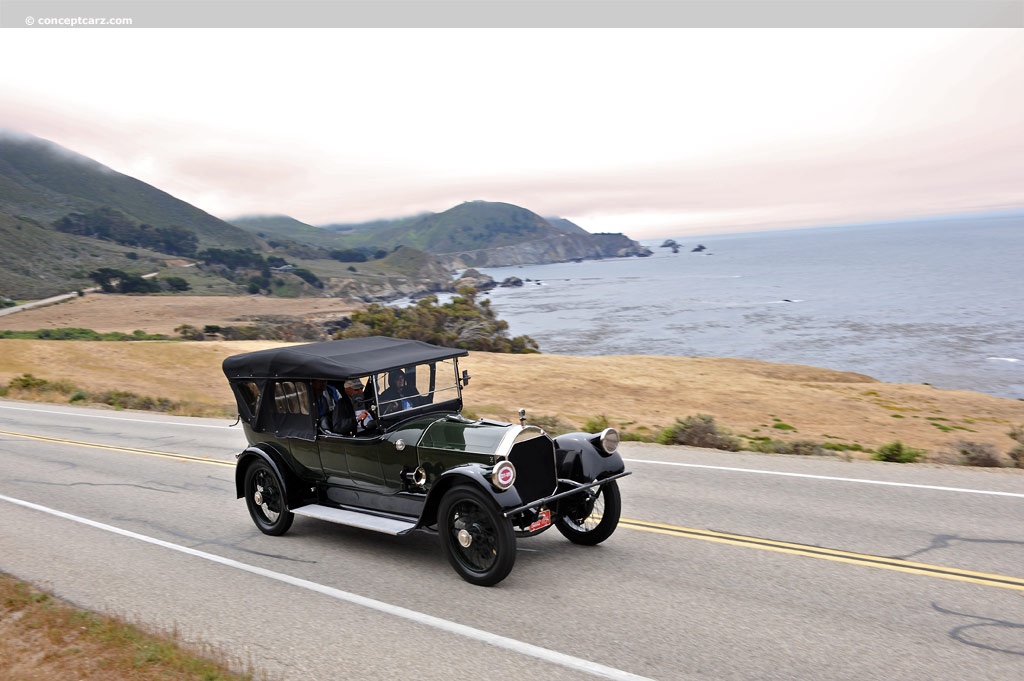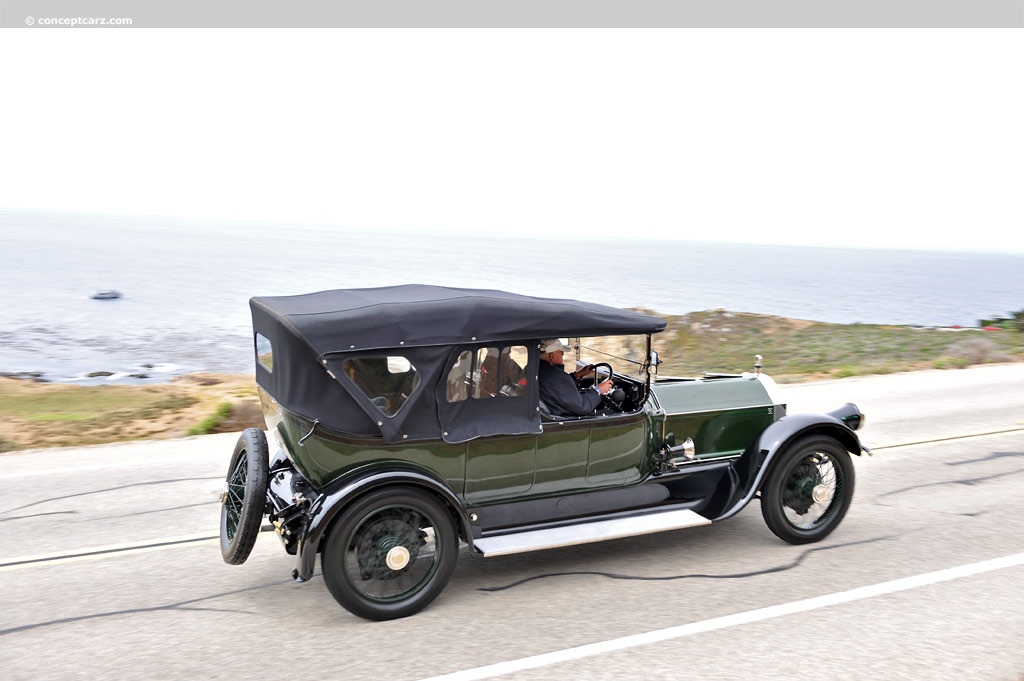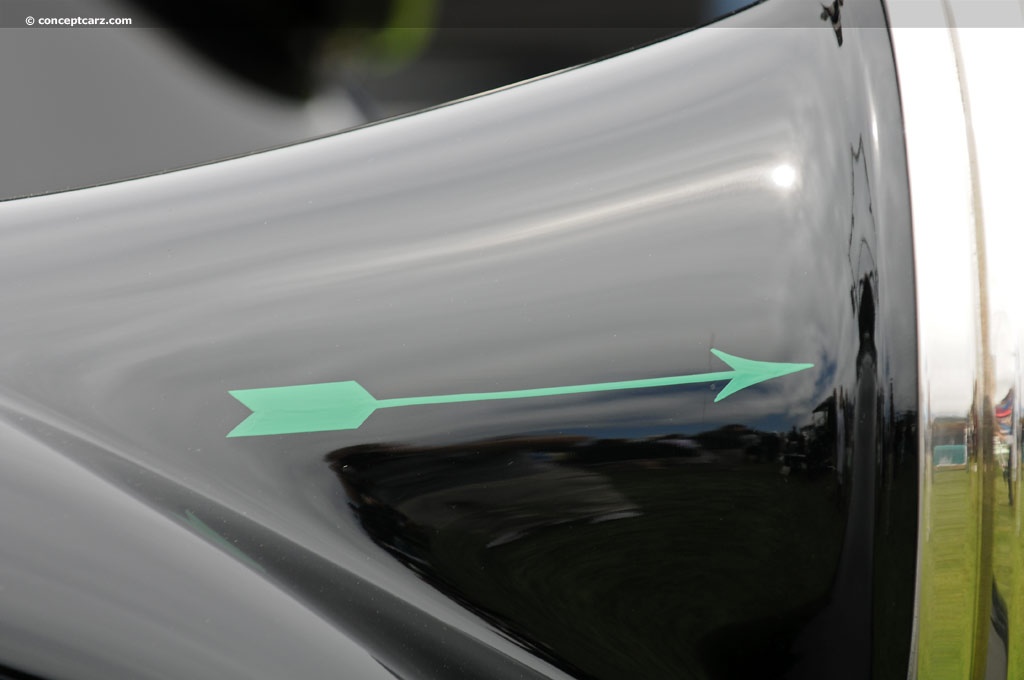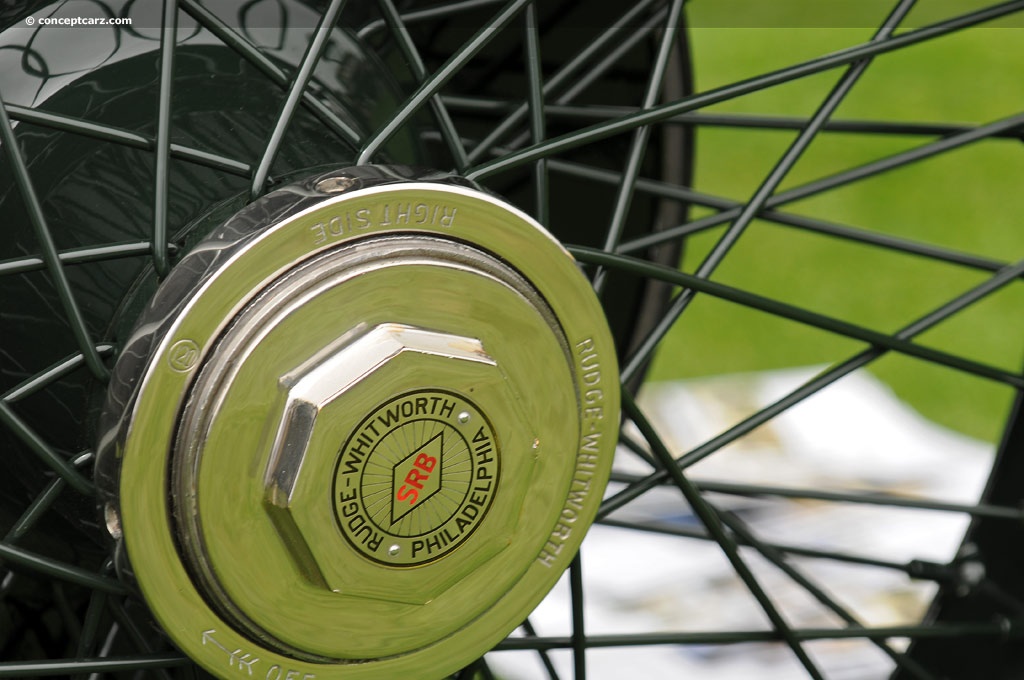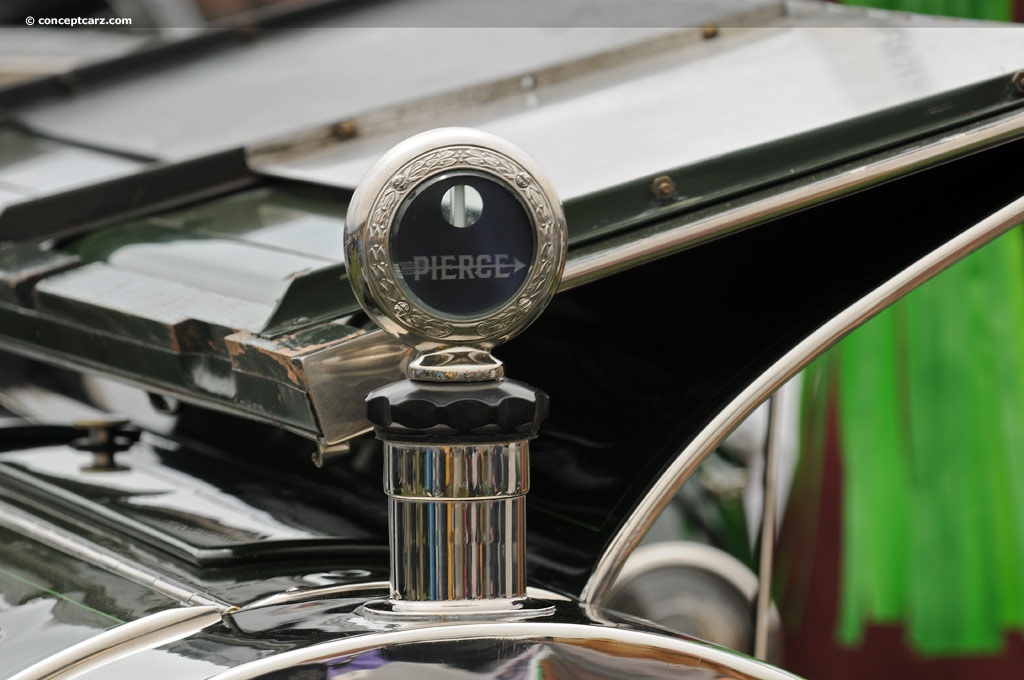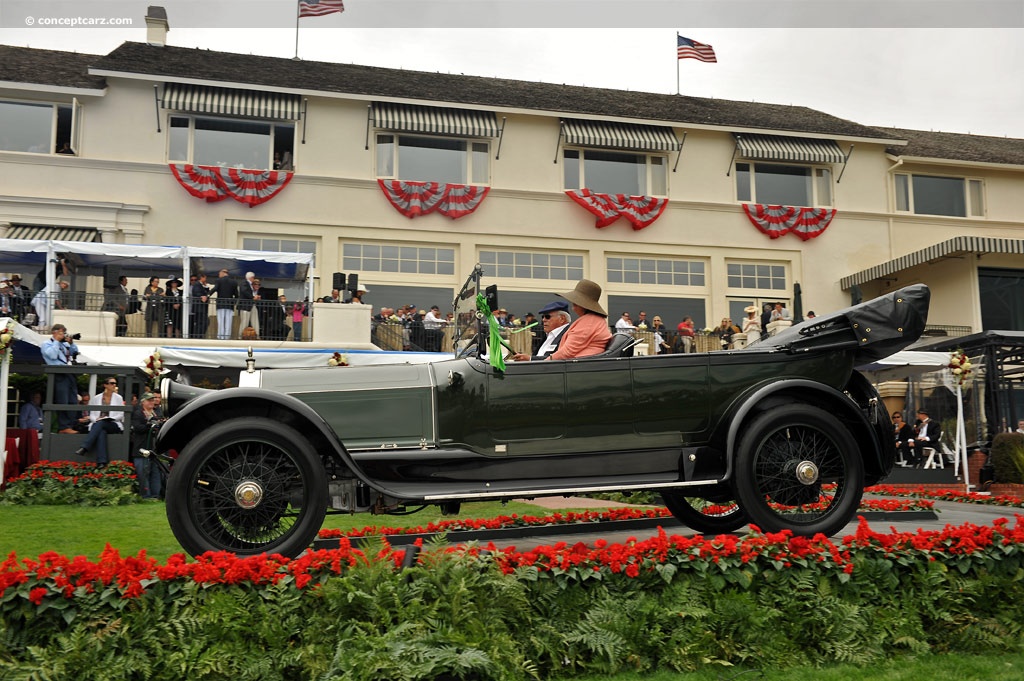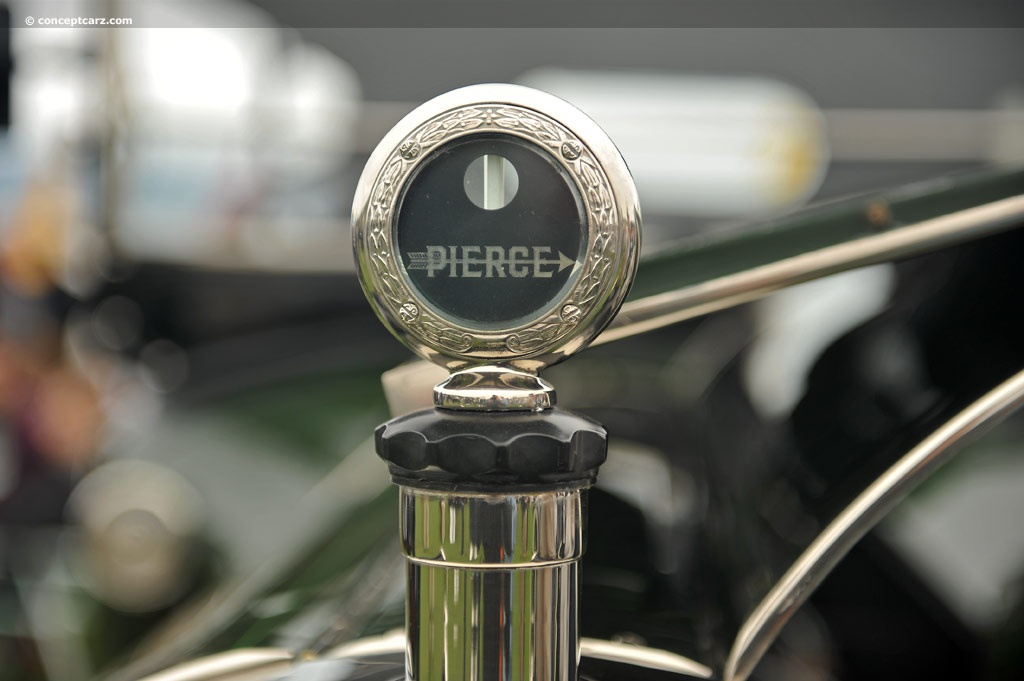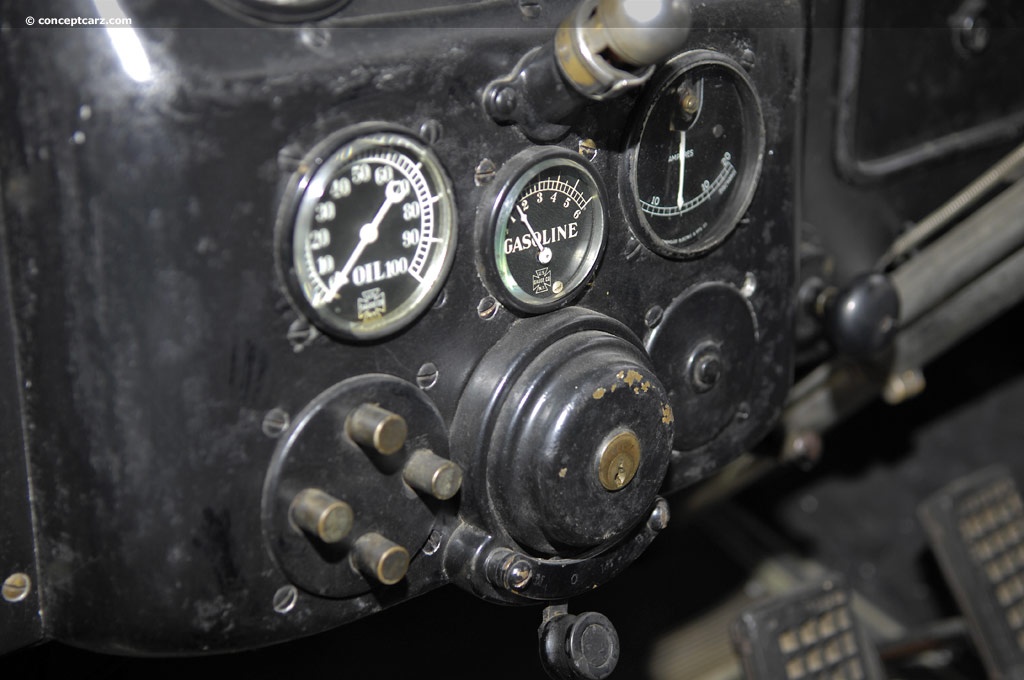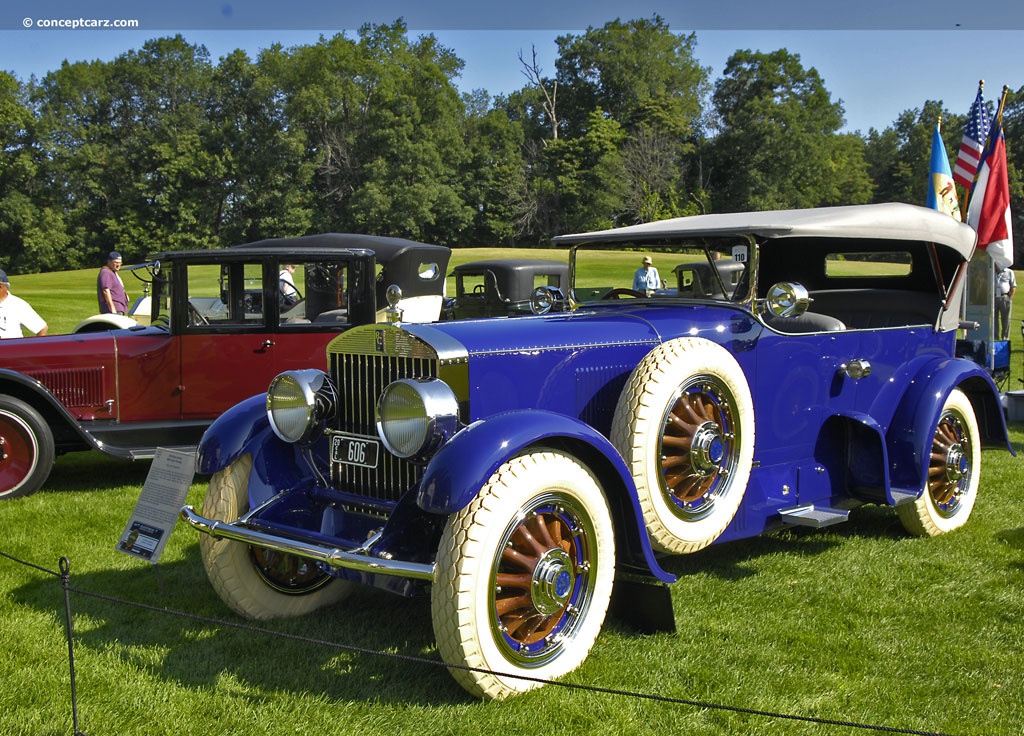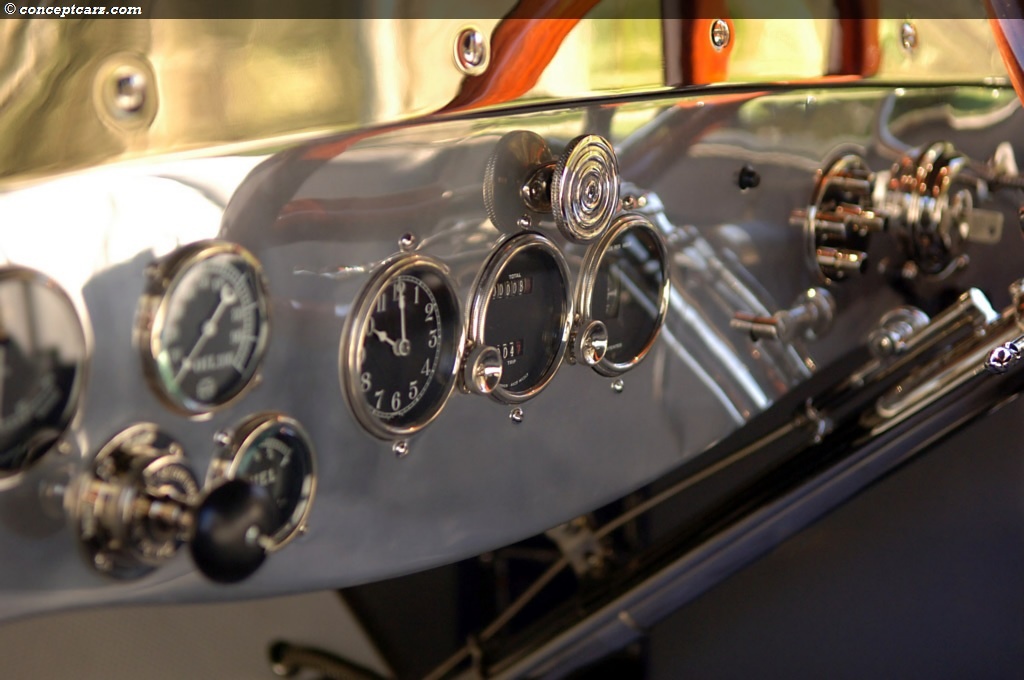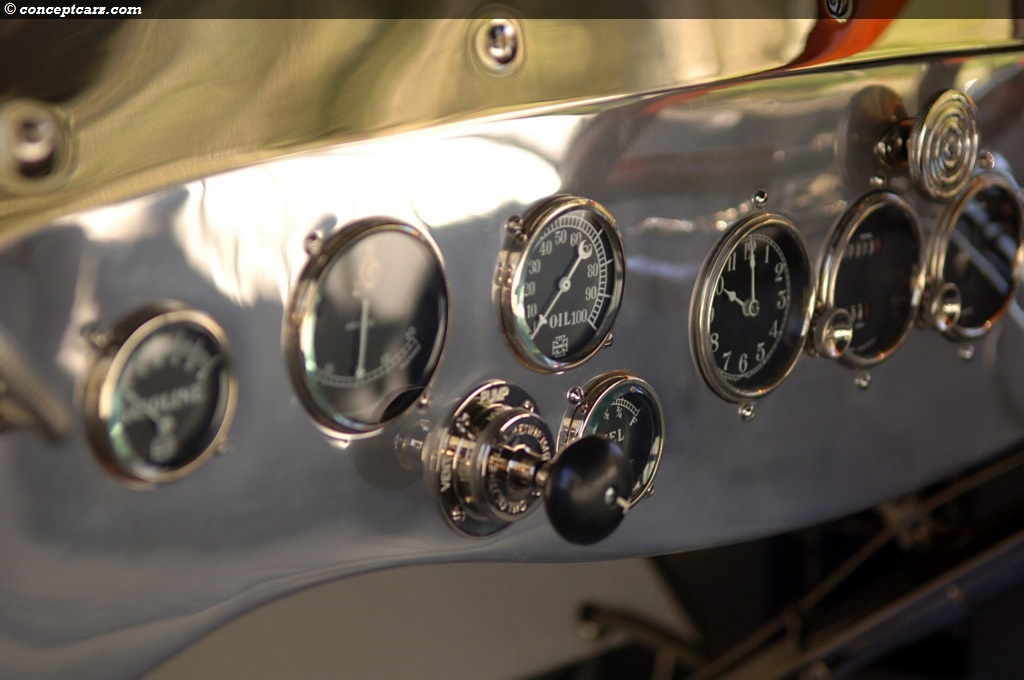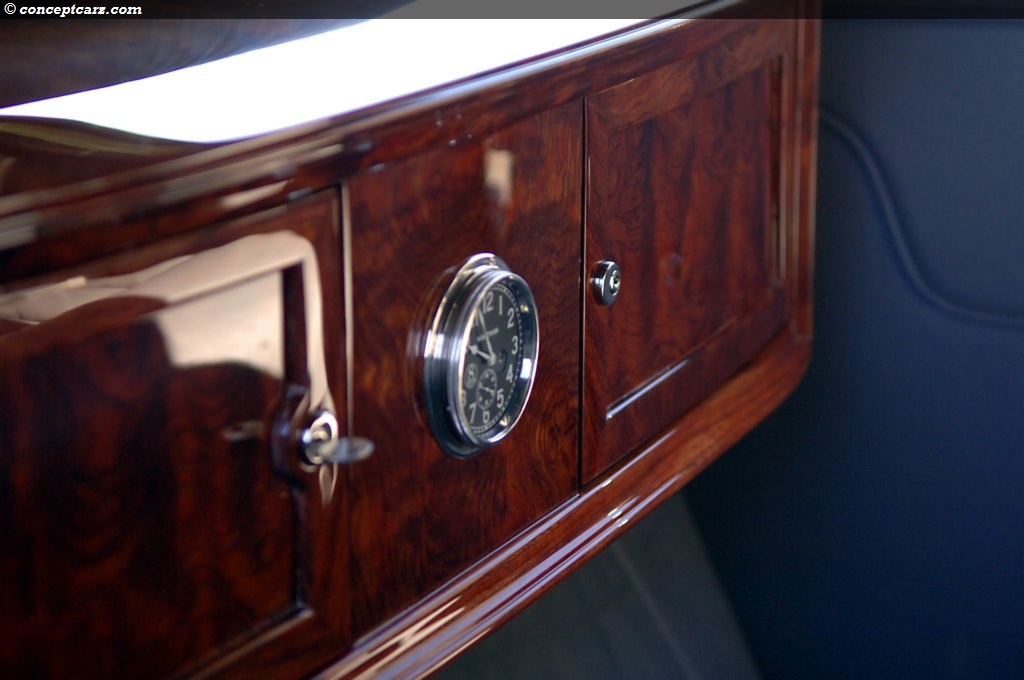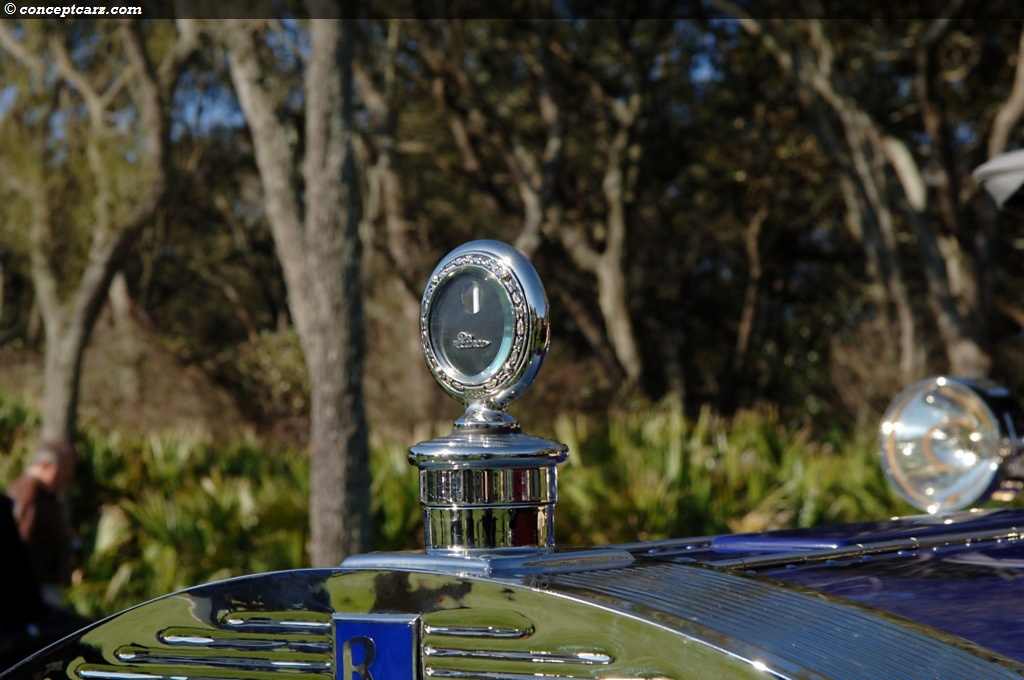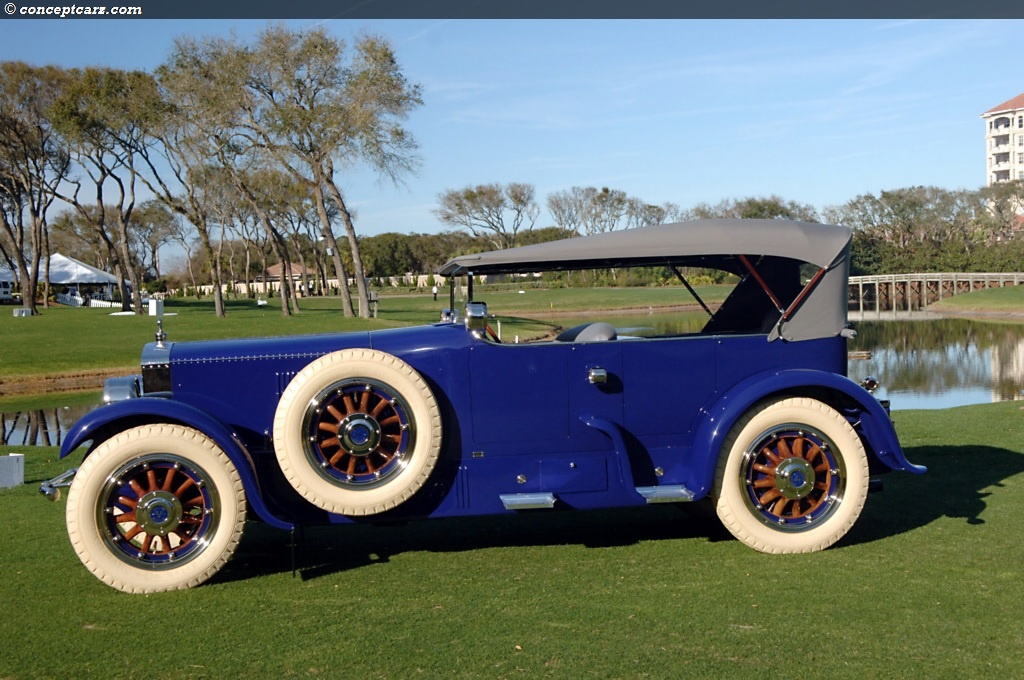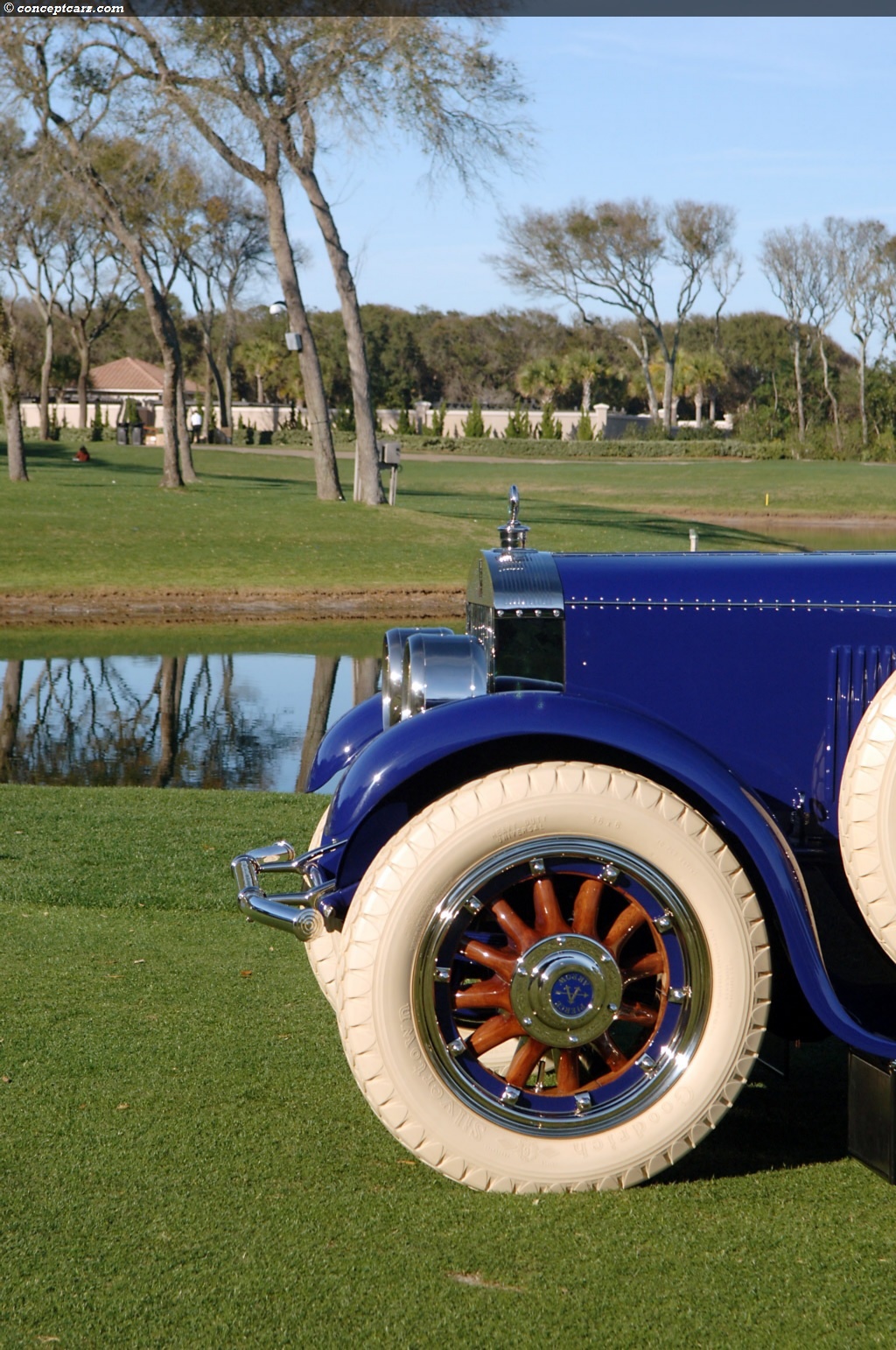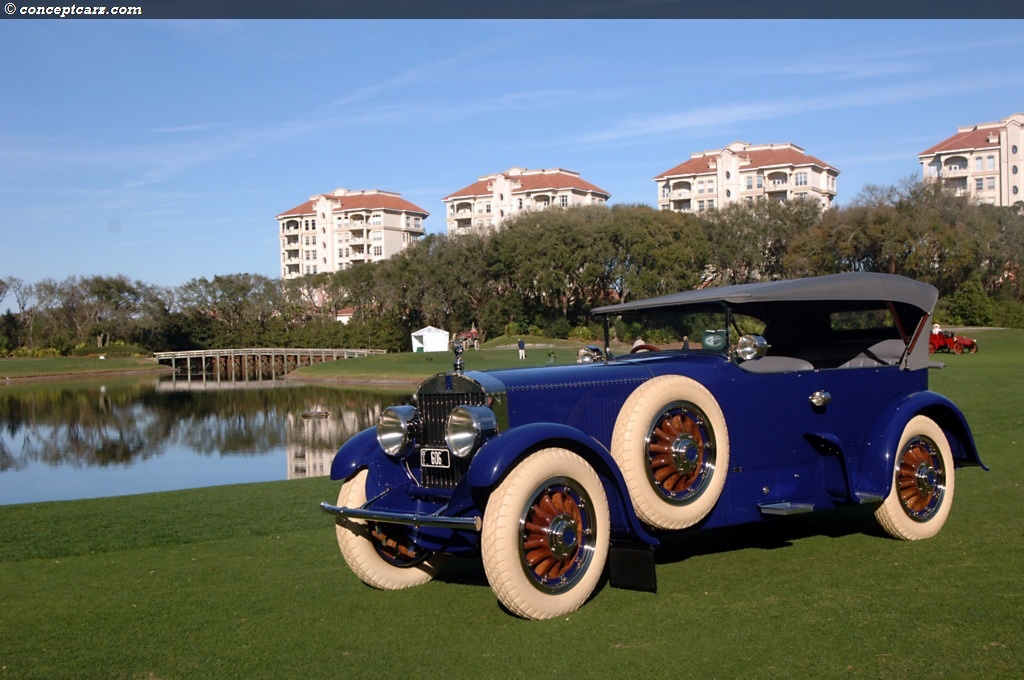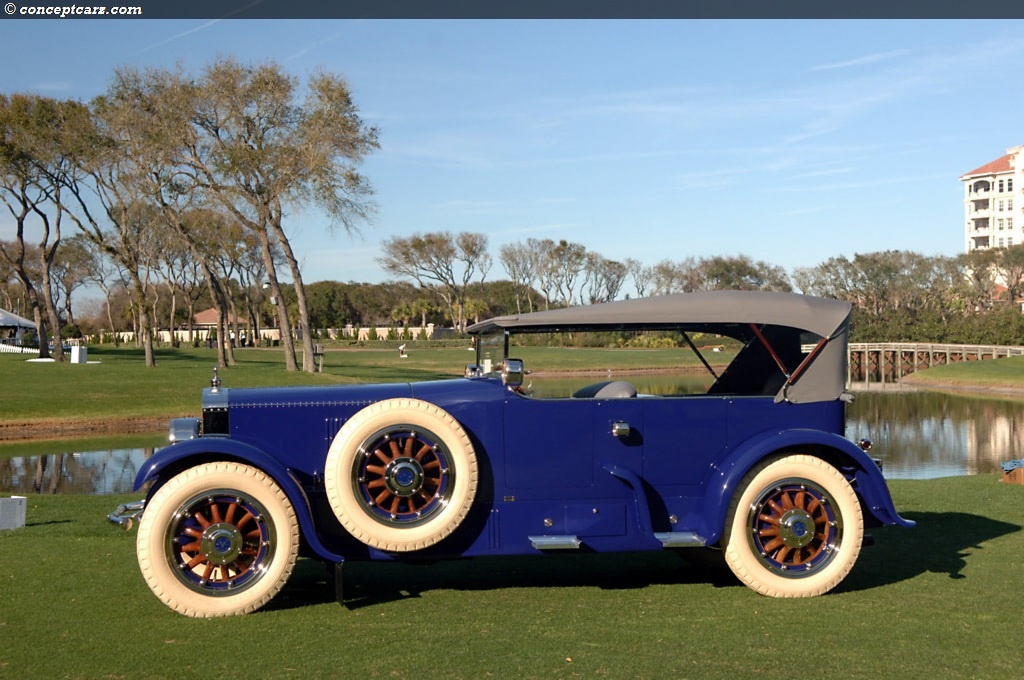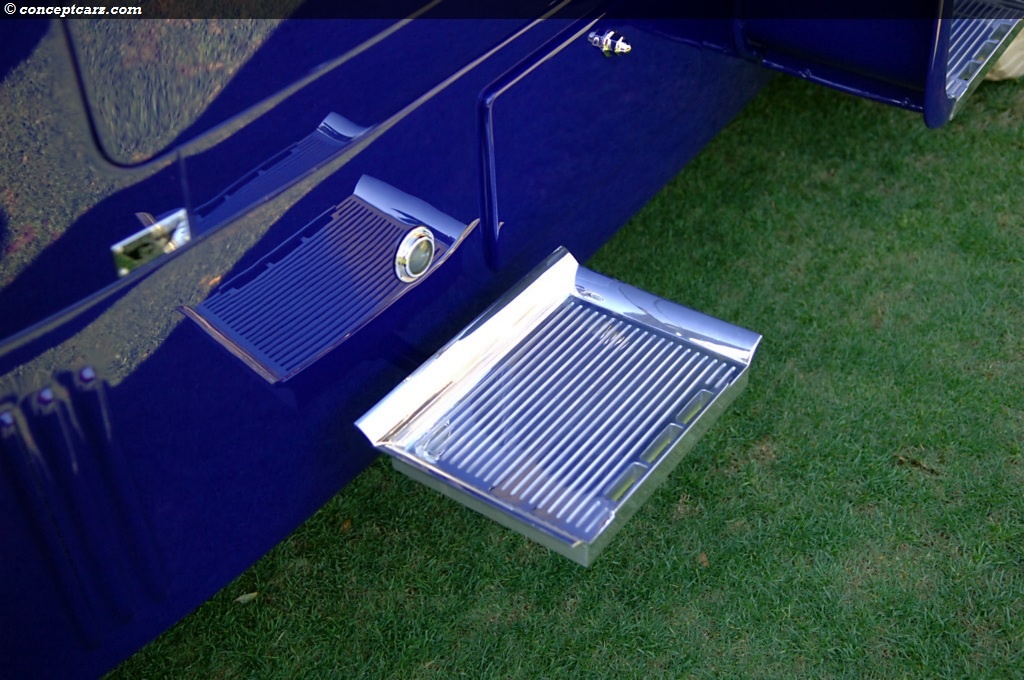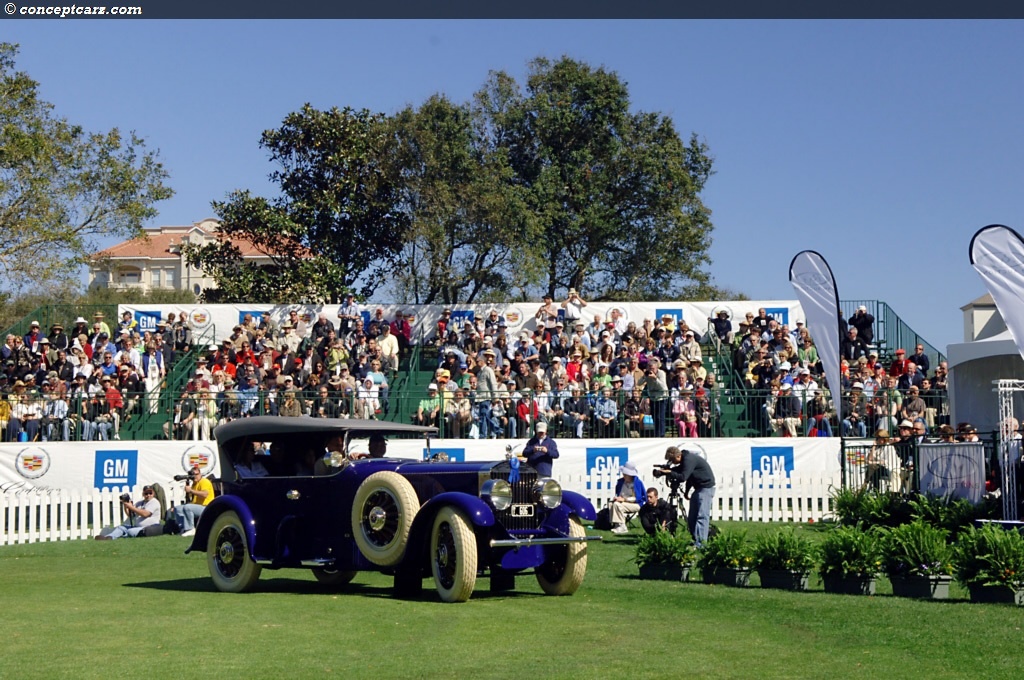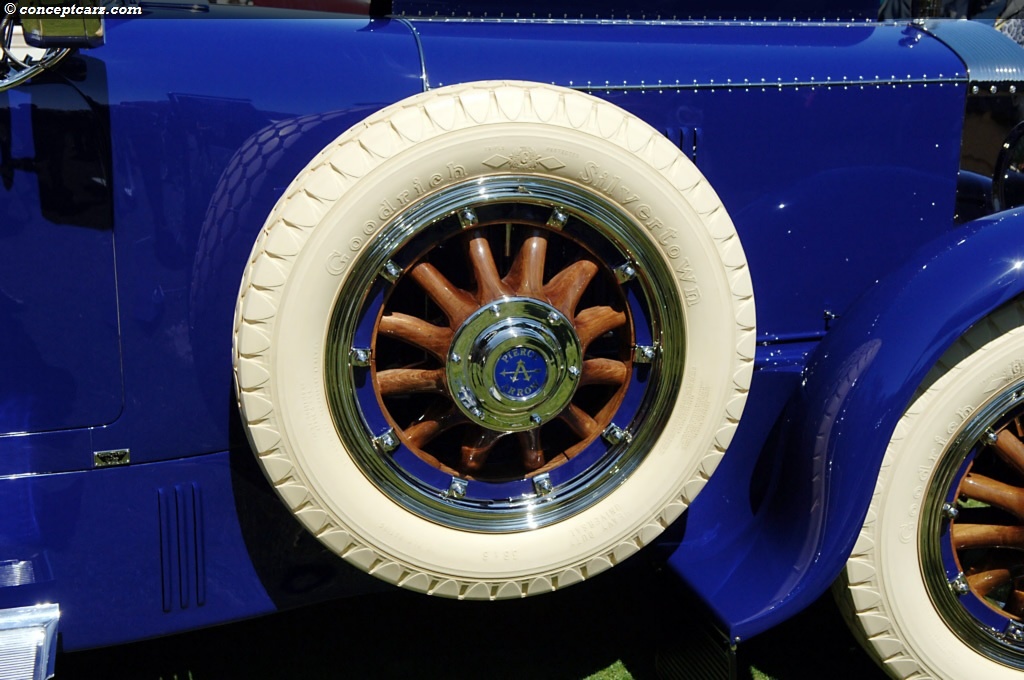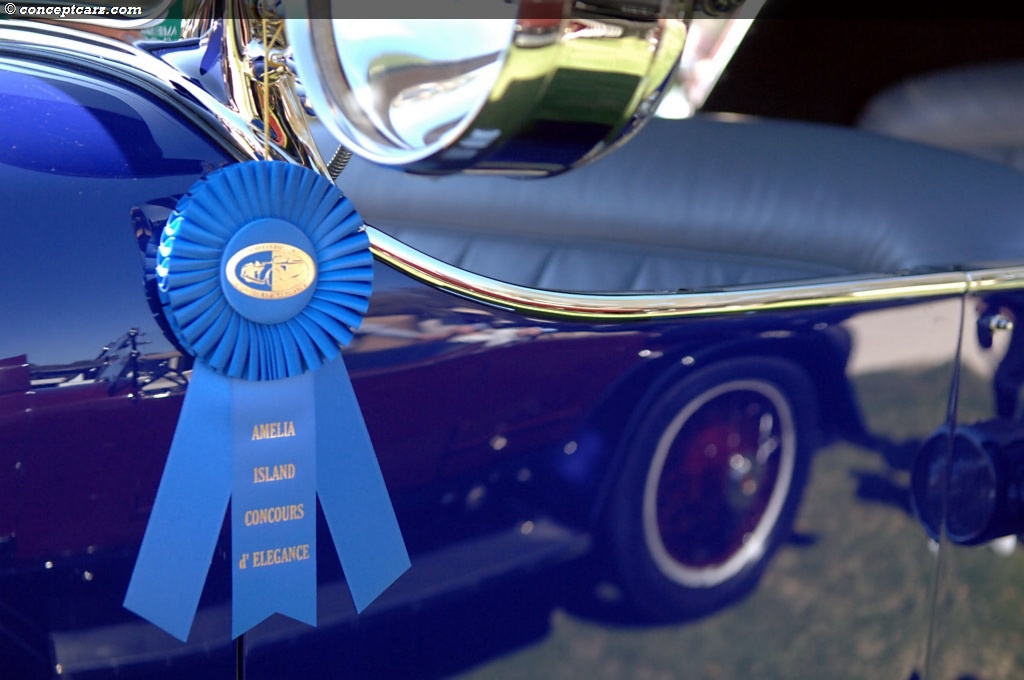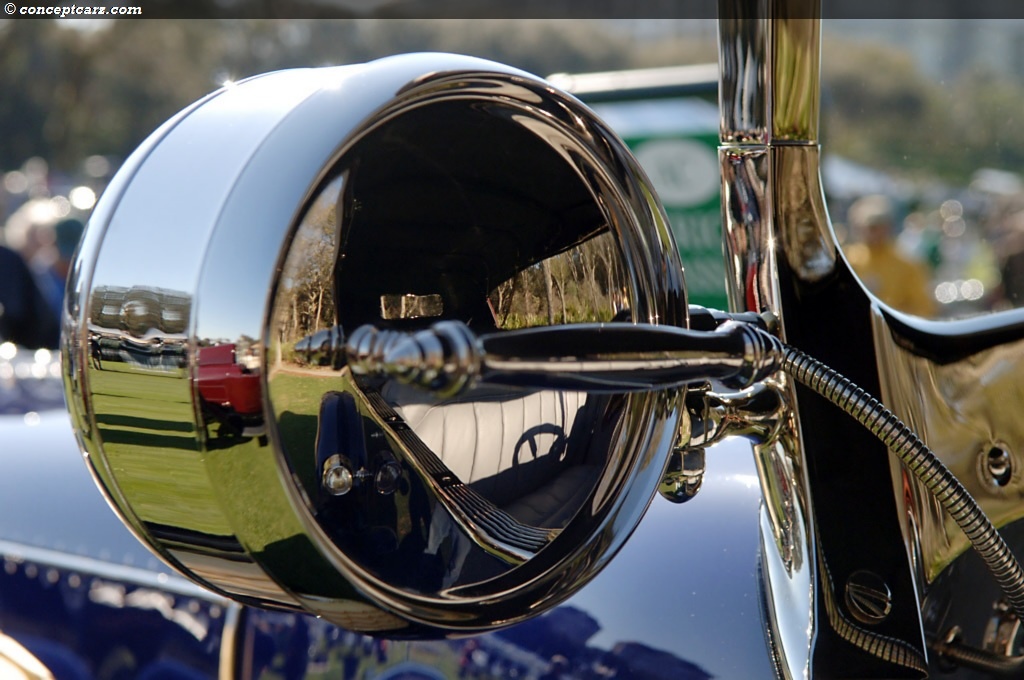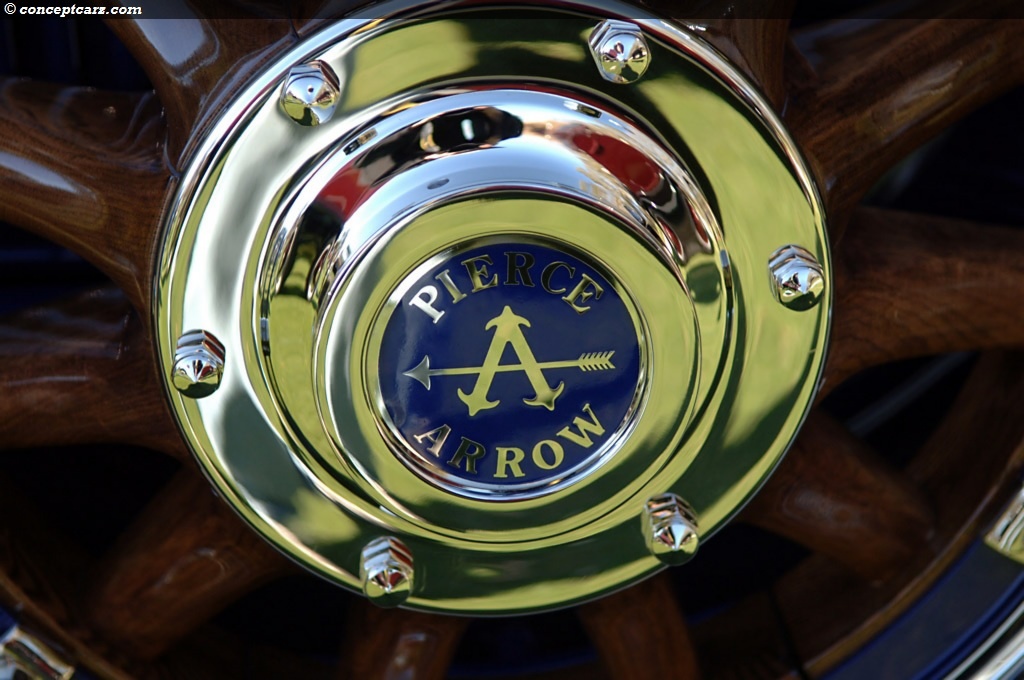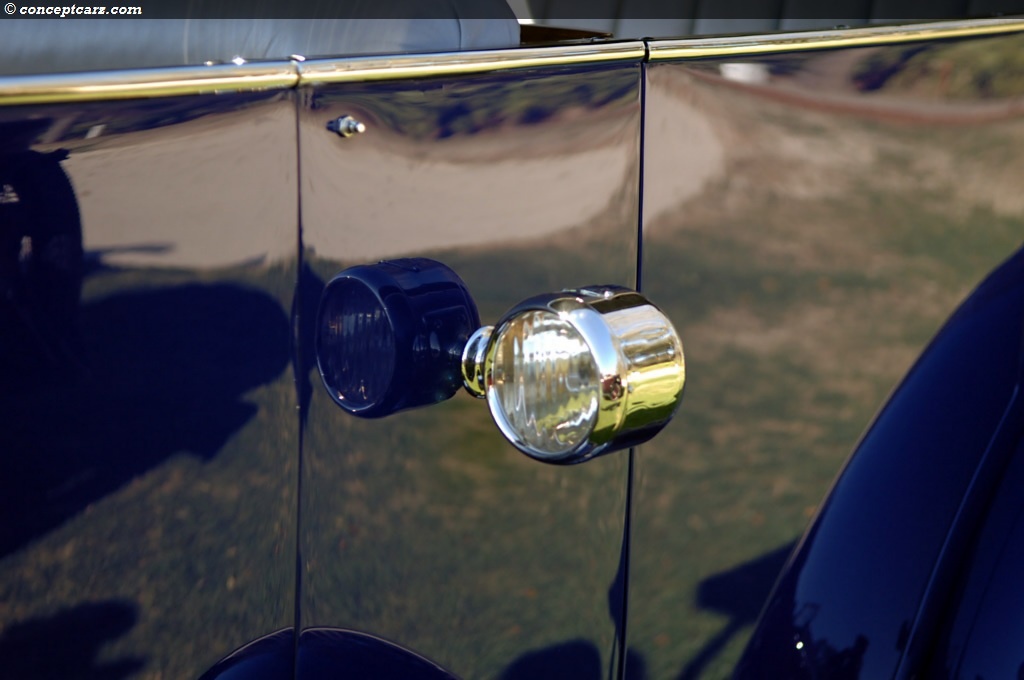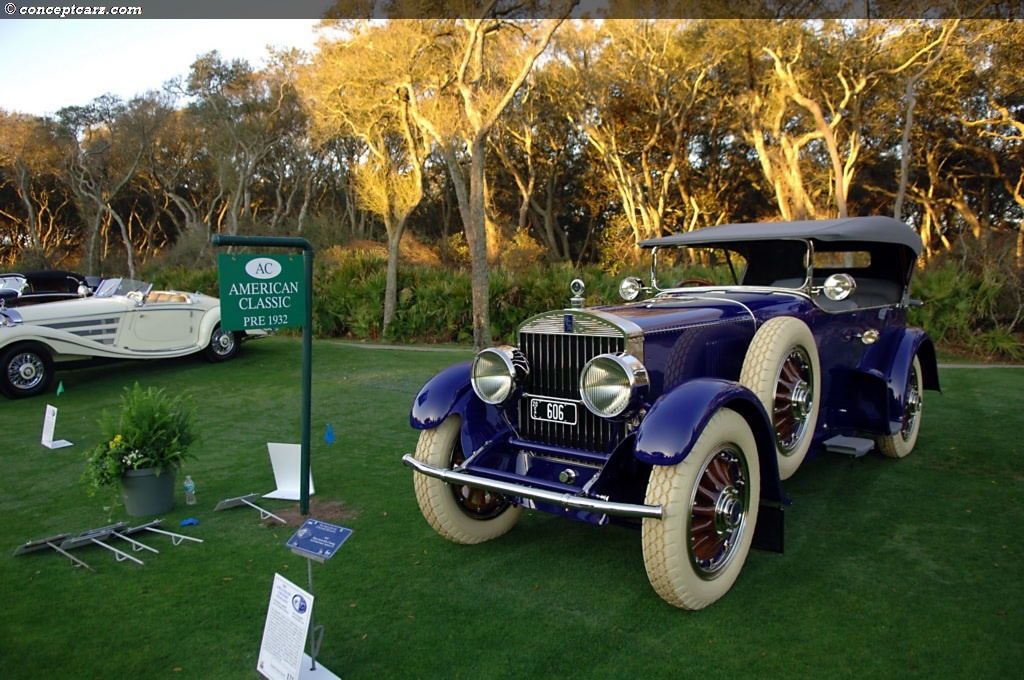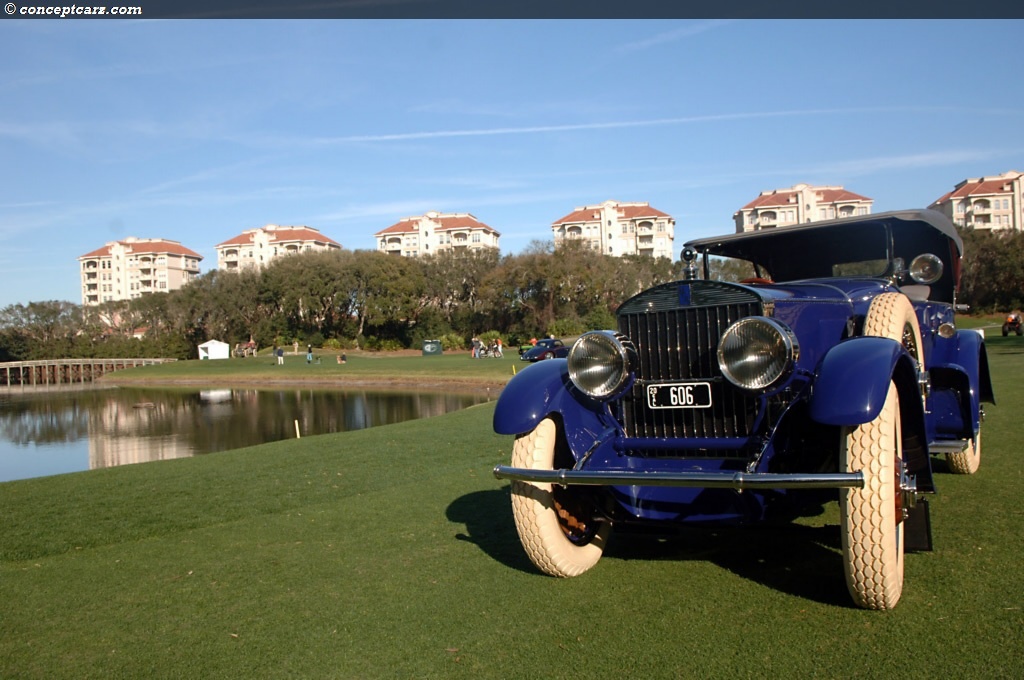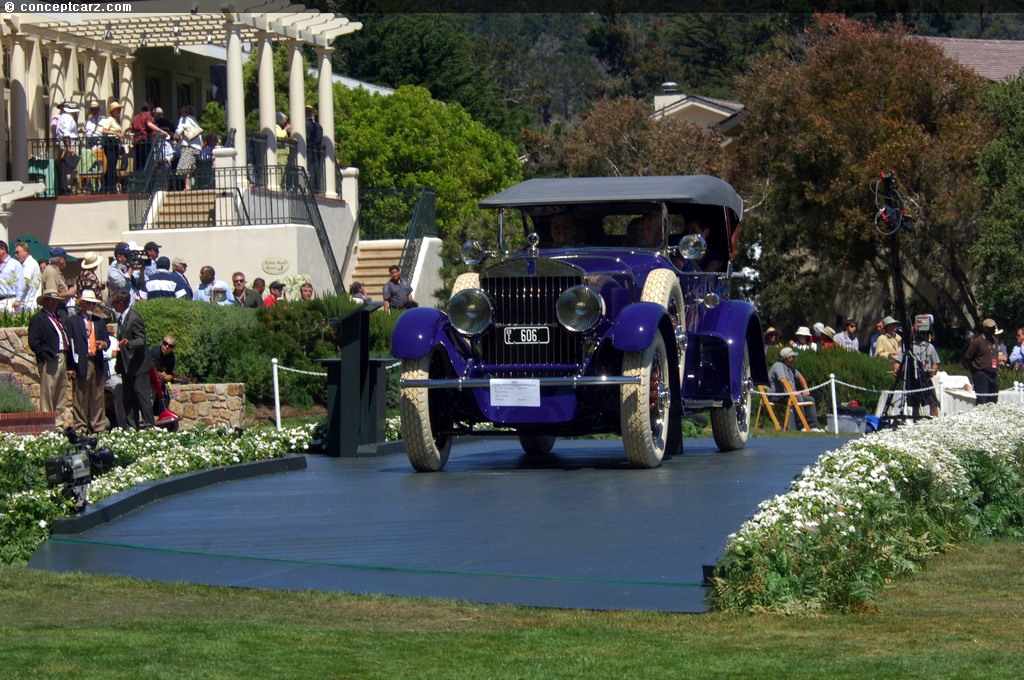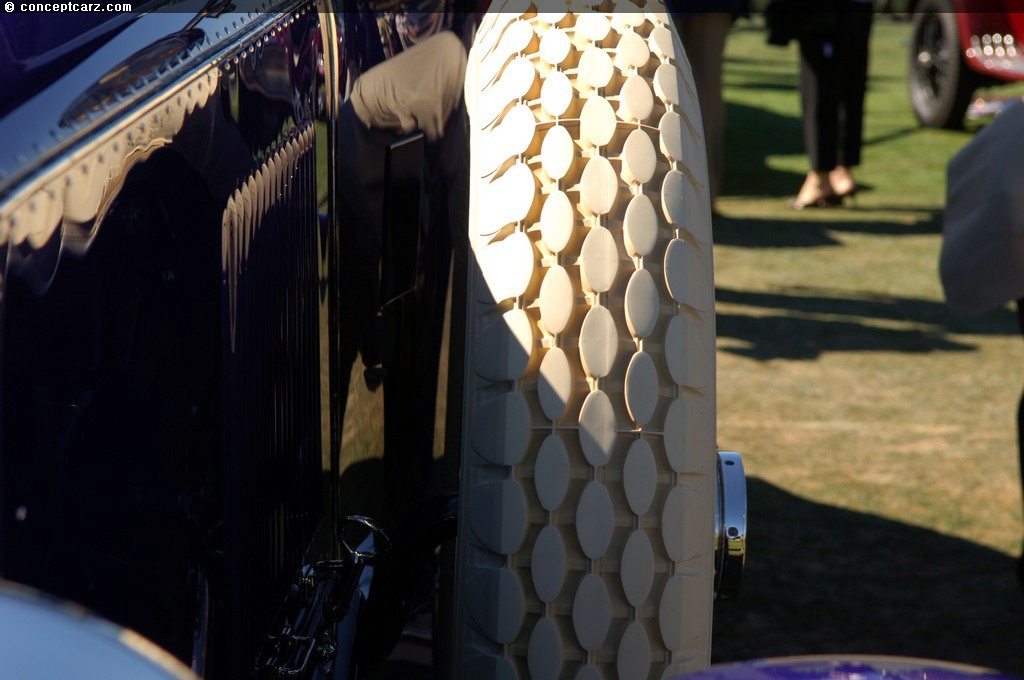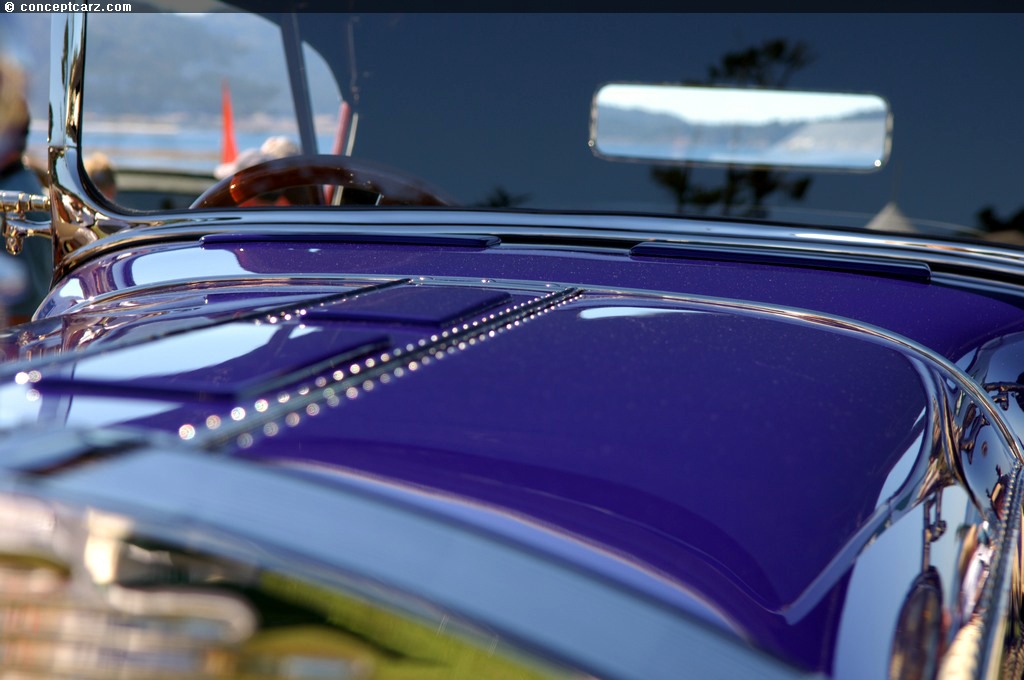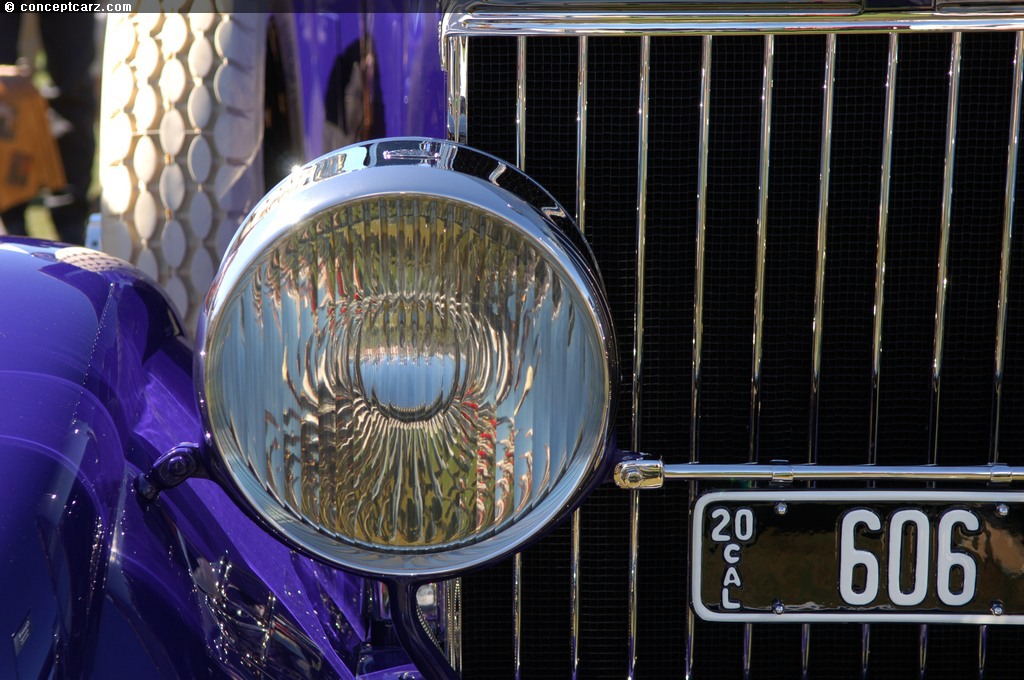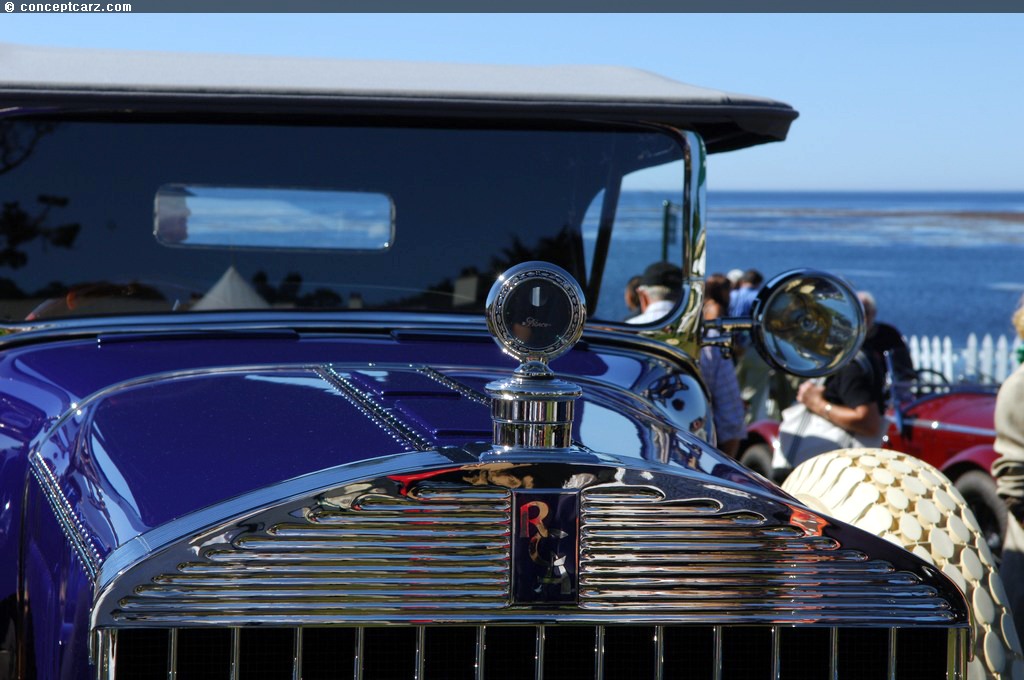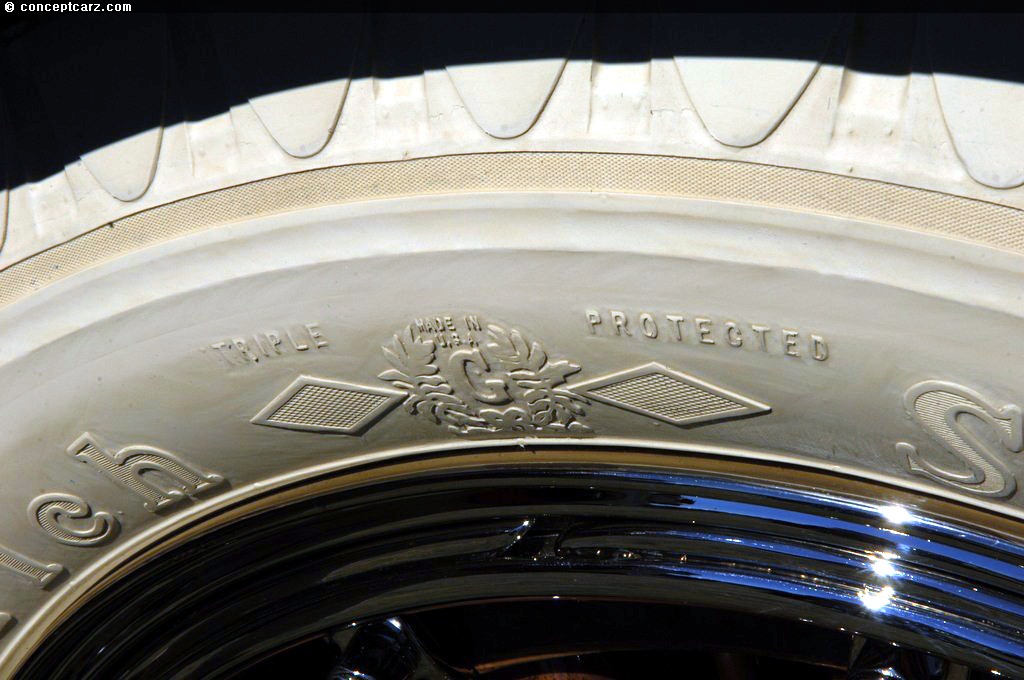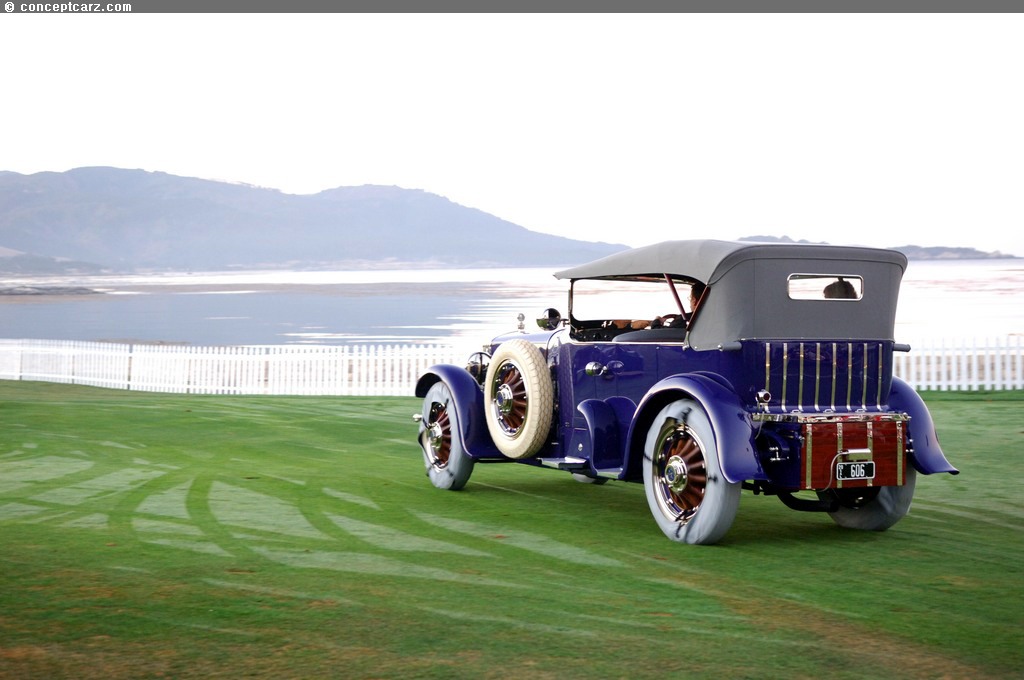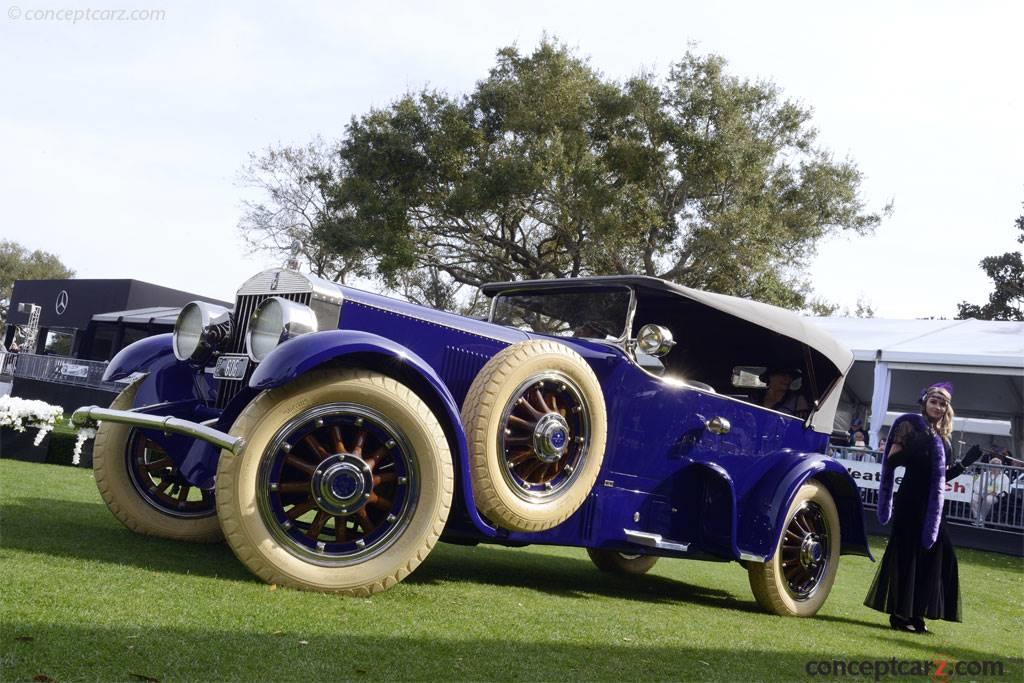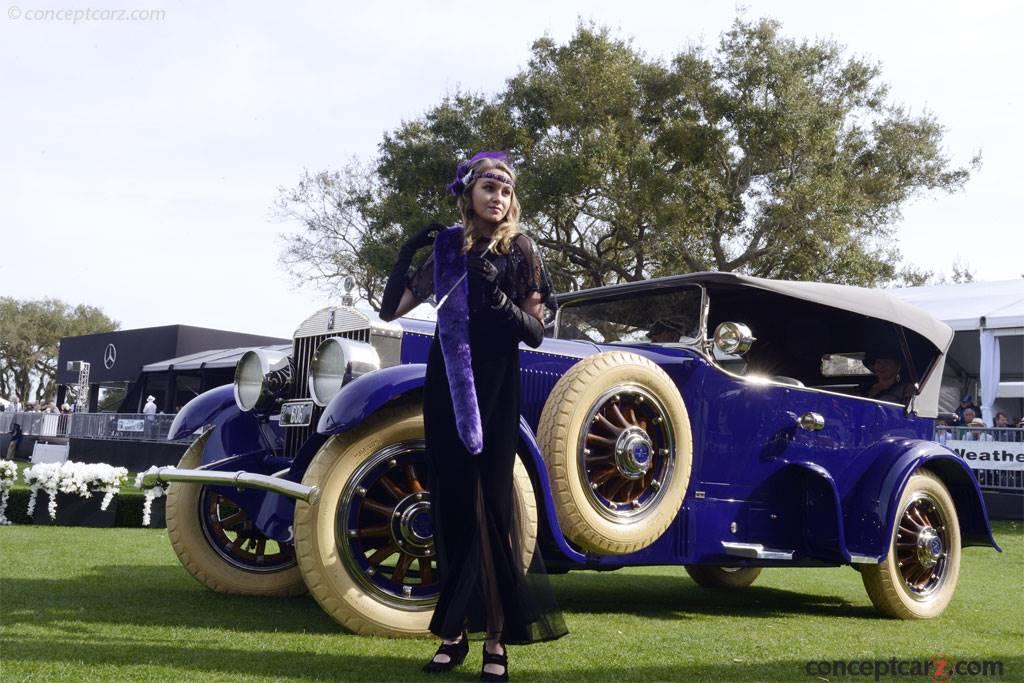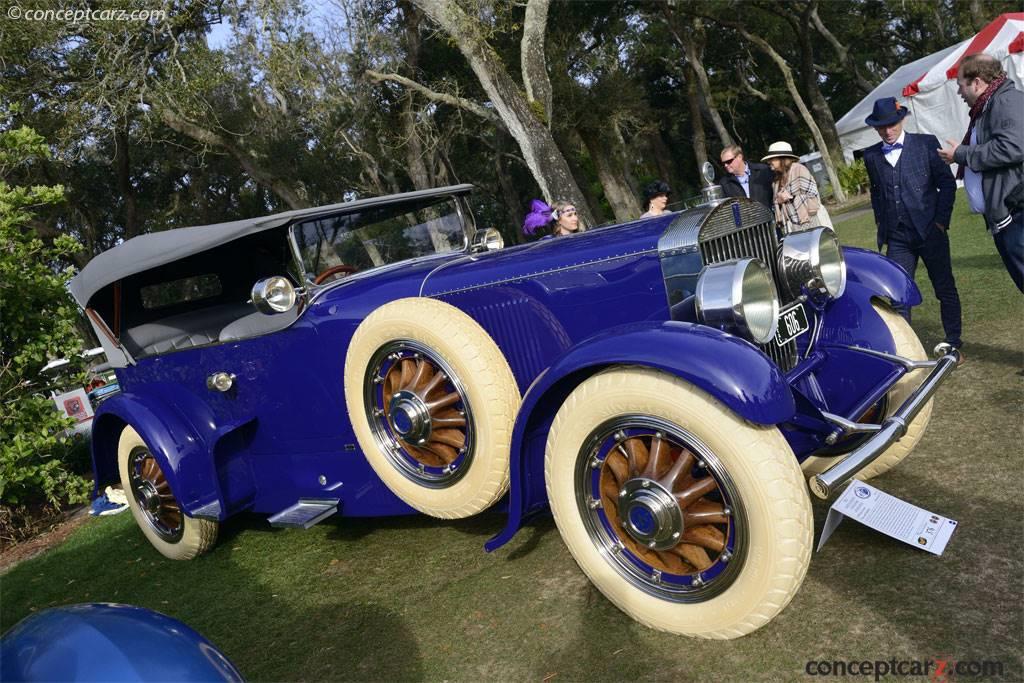The Pierce-Arrow Model 66 was one of the pinnacles of American design and craftsmanship of the early Twentieth century. Just like all Pierce Arrows since 1910, they were powered by a six-cylinder engine. Originally they had a bore of 5.25 inches and a stroke of 5.5 inches giving it 714 cubic inches of displacement. By 1913 it had grown to have a bore of 5 inches and a stroke of 7 inches. The engine displaced 825 cubic inches and was double the size of many of its competitors. At 1600 RPM’s, the engine was capable of producing 60 horsepower. This means the Type 66 was not only an elegant automobile, but it was also a very fast machine. It is believed that the Type 66 had the largest displacement engine ever to power a production automobile. It had 44 more cubic inches than the Bugatti Type 41 Royale. With an engine of this magnitude, it consumed lots of fuel. The miles-per-gallon was around 8.5, meaning the 36-gallon fuel tank was good for nearly 300 miles. This often posed problems for the drivers, as gas stations were not always readily available.
Pierce-Arrow placed this mammoth engine in a chassis that measured 147.5 inches. It was a suitable platform for many coachbuilders to work their trade. Pierce-Arrow was among the first to use cast aluminum panels in their bodywork, reducing the overall weight of the vehicle while maintaining a high degree of structural rigidity and strength.
In 1914 an electric starter was added. A pressurized fuel delivery system using an engine-operated air pump to pressurize the tank appeared in 1915.
In 1916 Pierce-Arrow introduced their final iteration of the Model 66, the Series 4. This would remain in production until 1918.
From 1910 through 1918, there were 1250 examples of the Model 66 produced. It is believed that around fourteen have survived in modern times and only seven are the Model 66 A-4 series.
